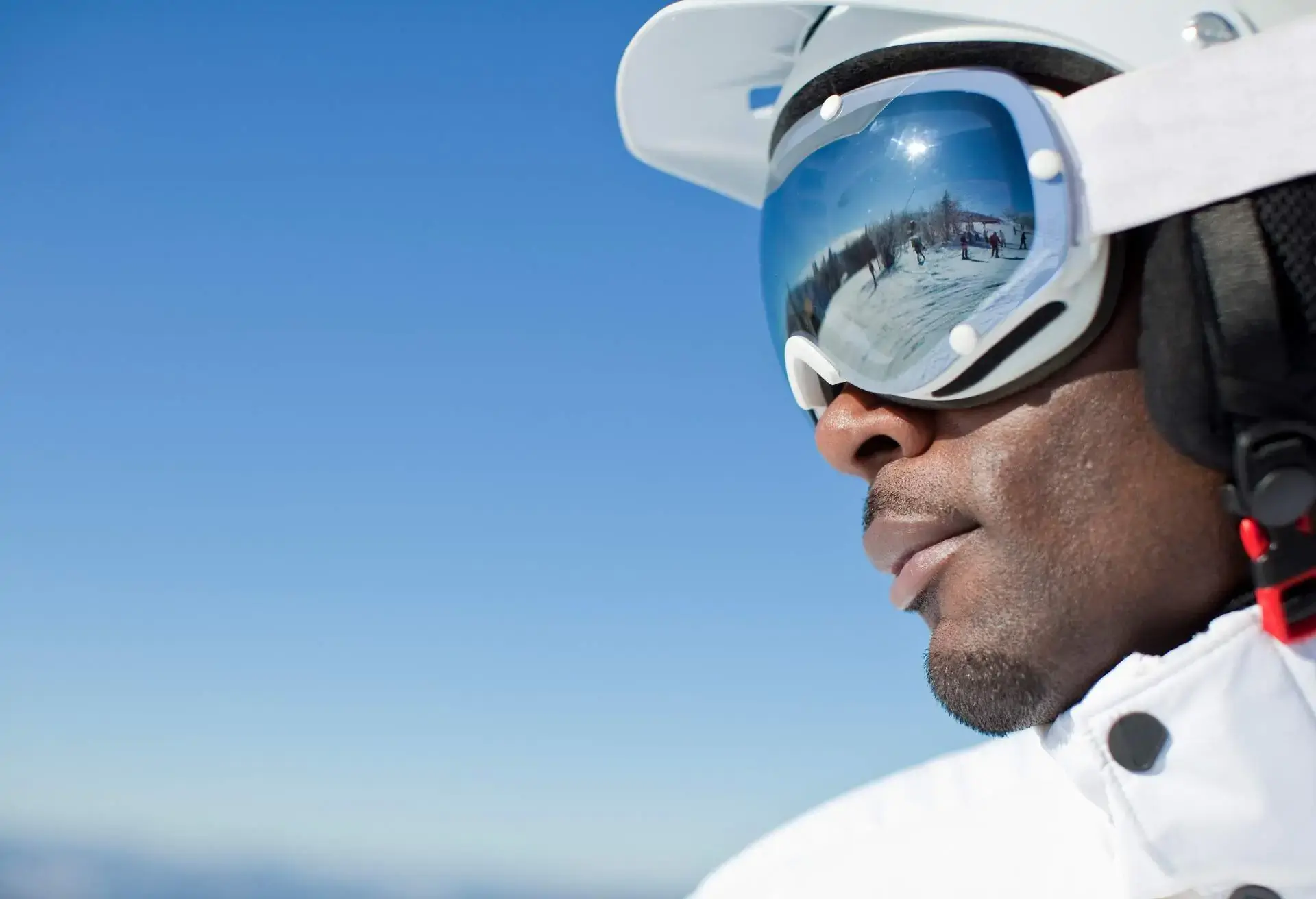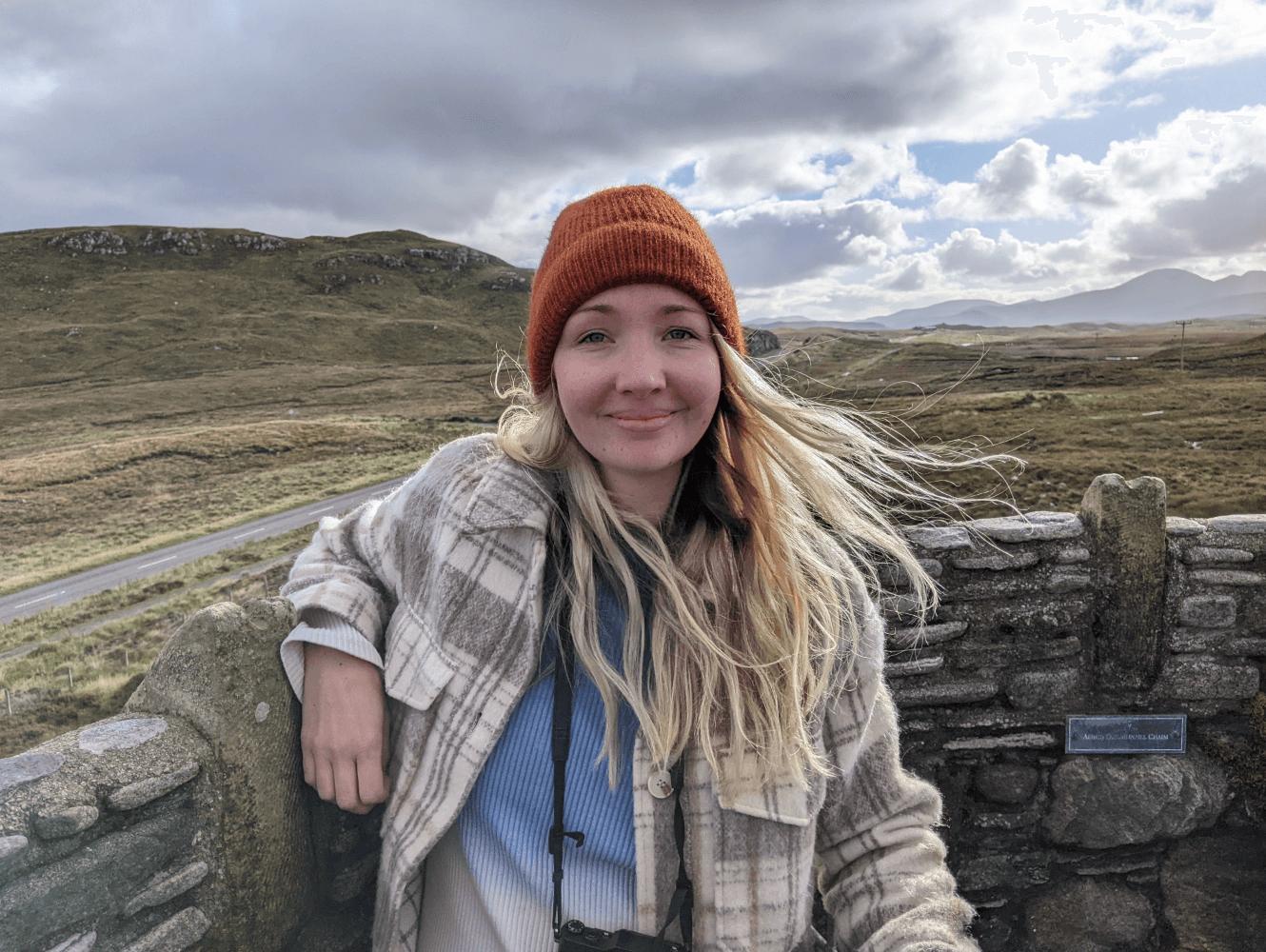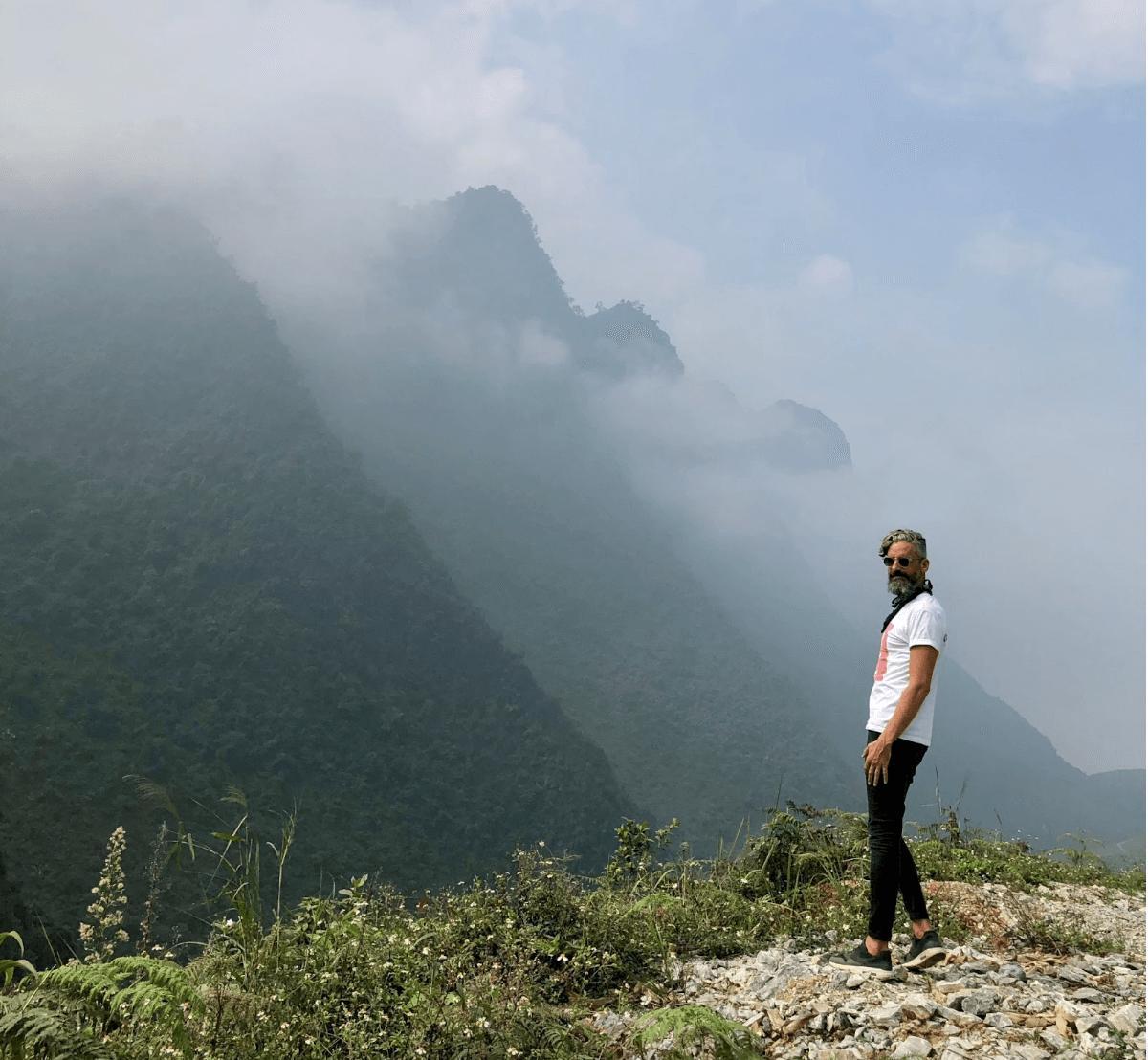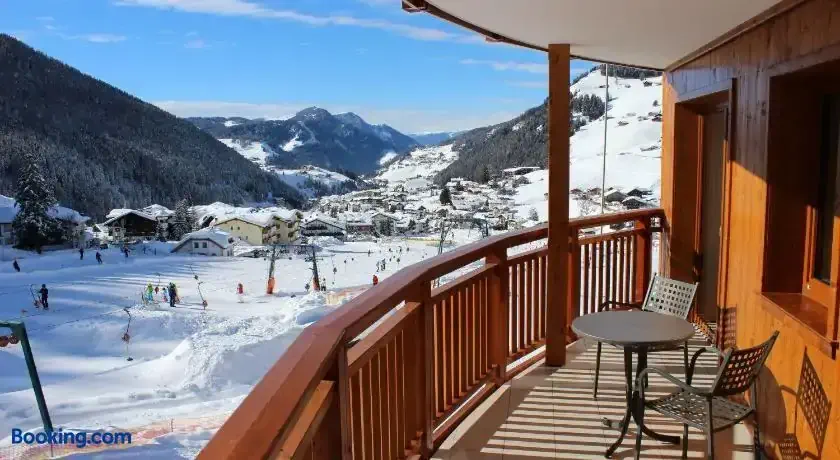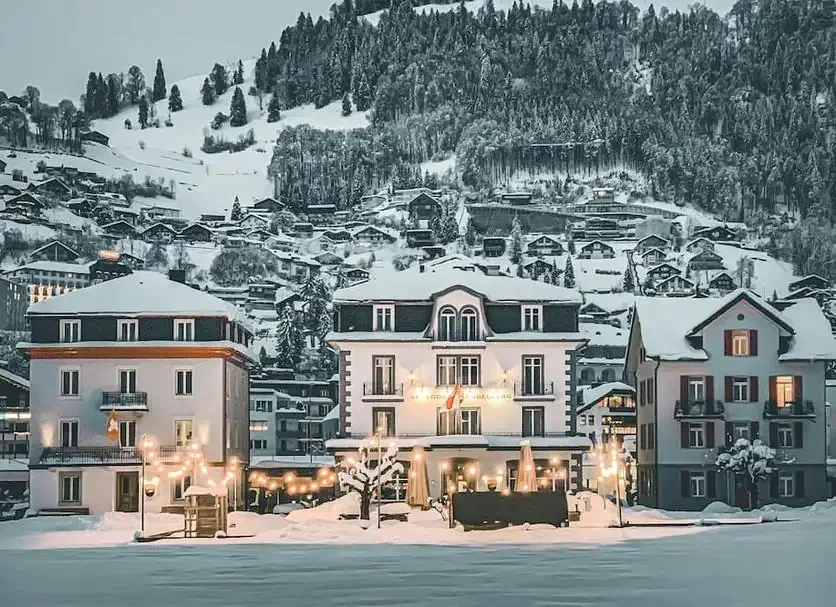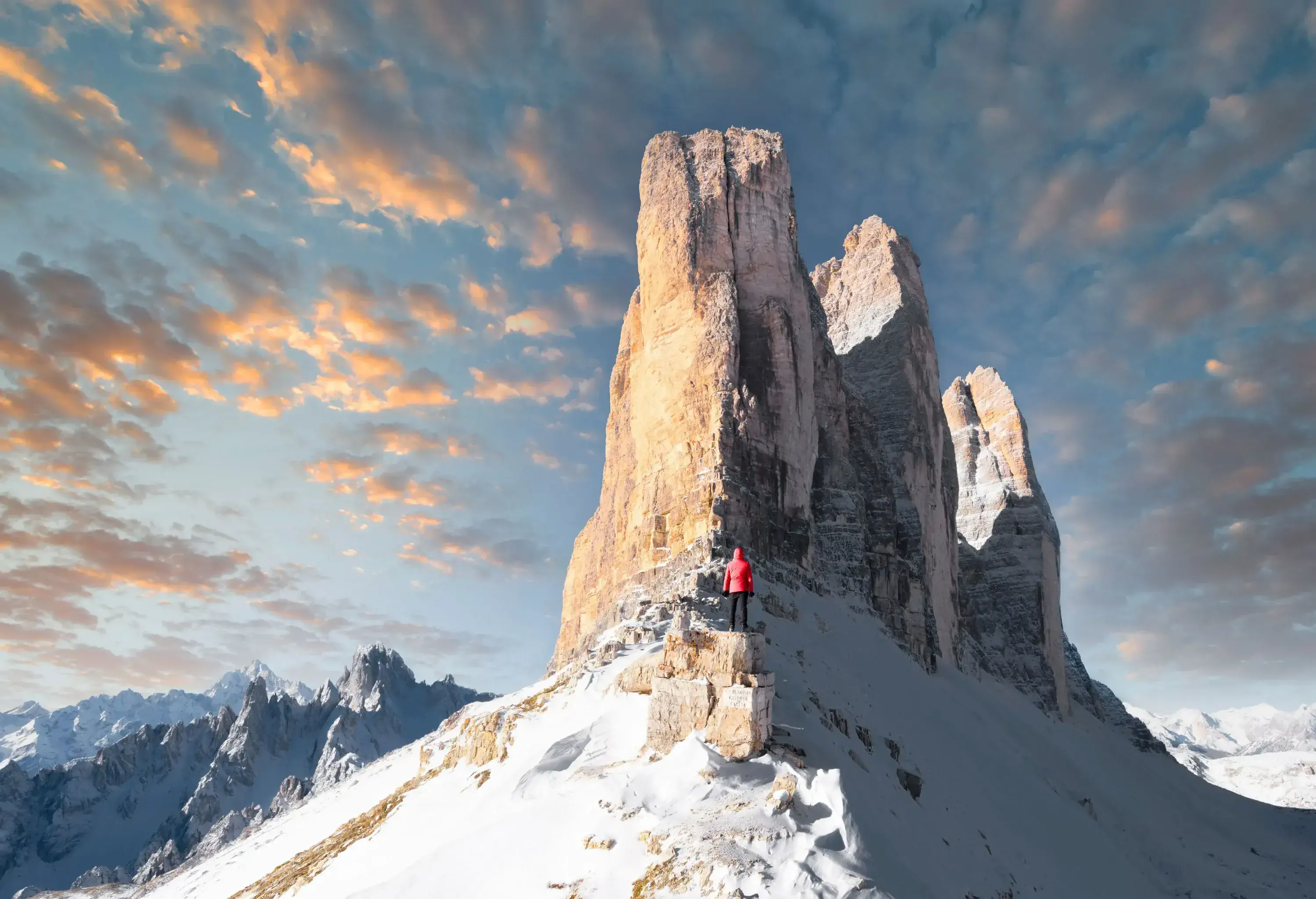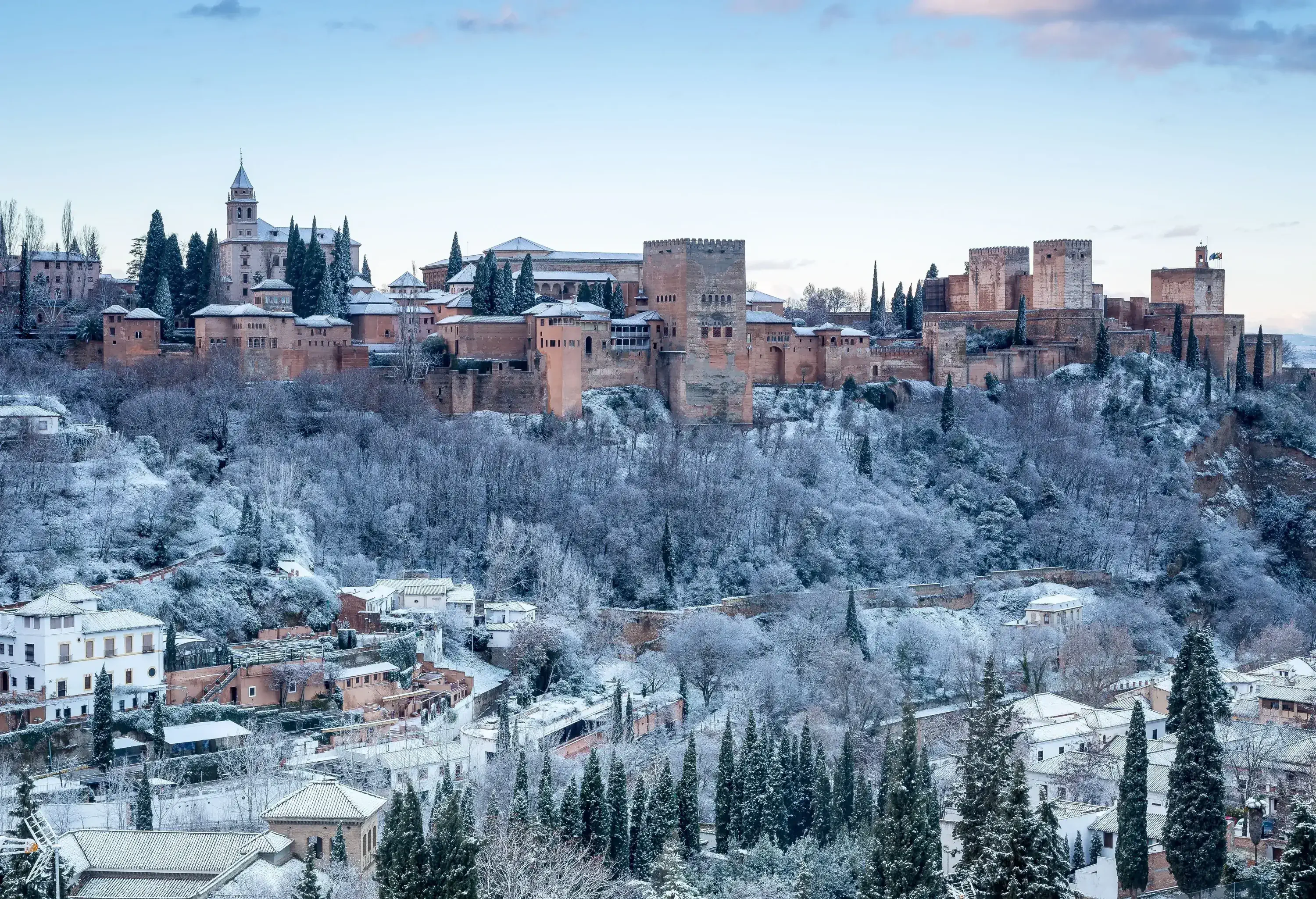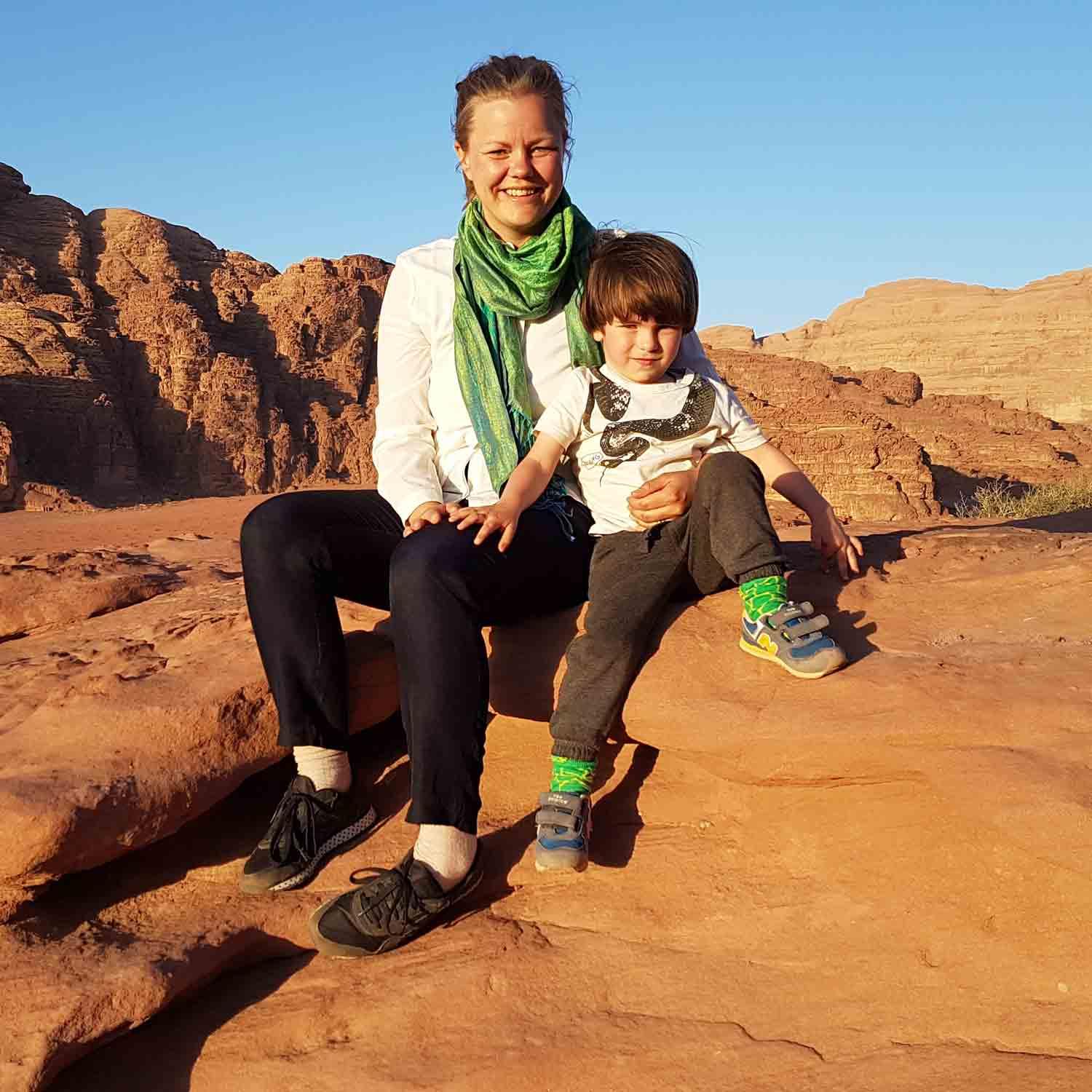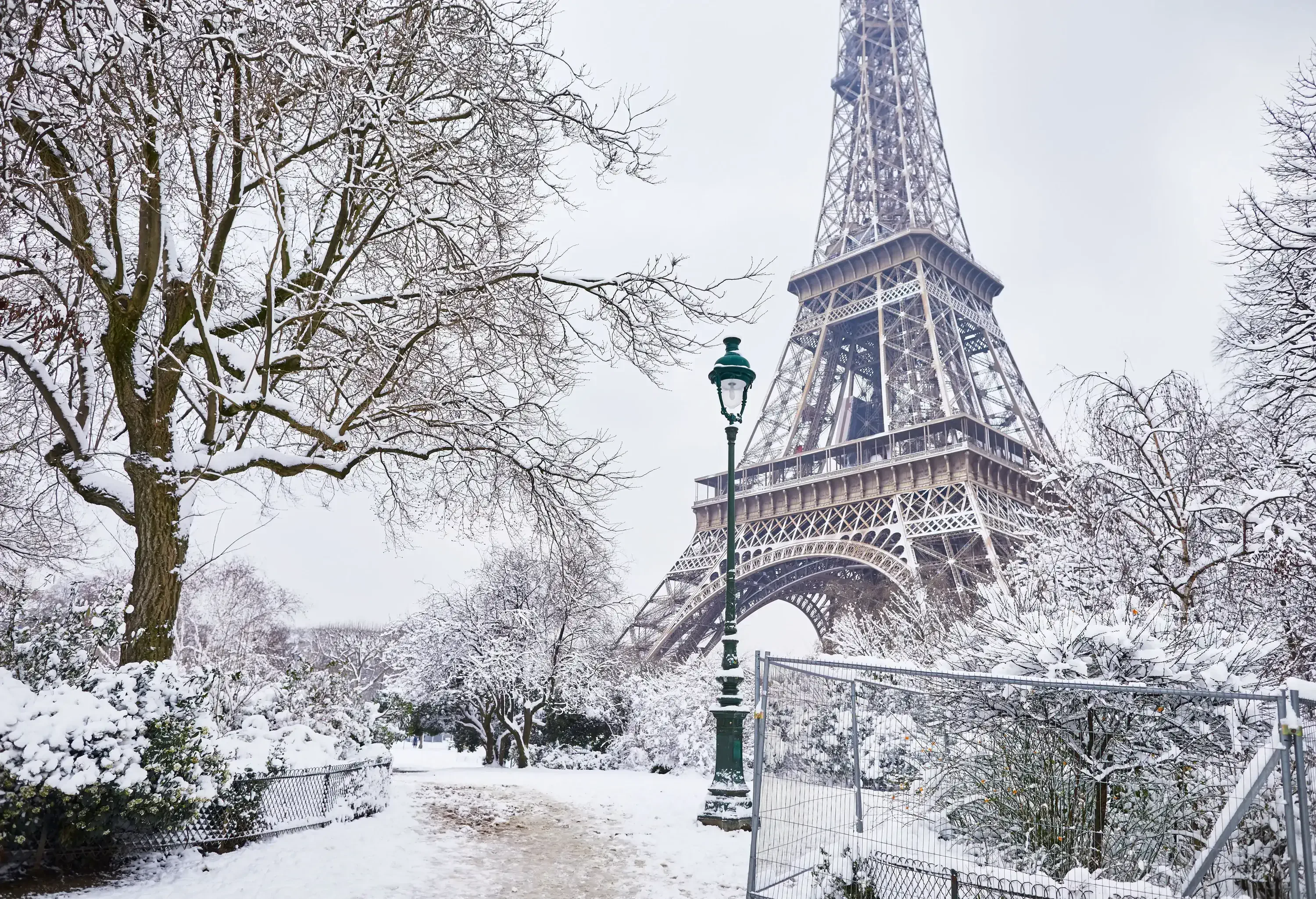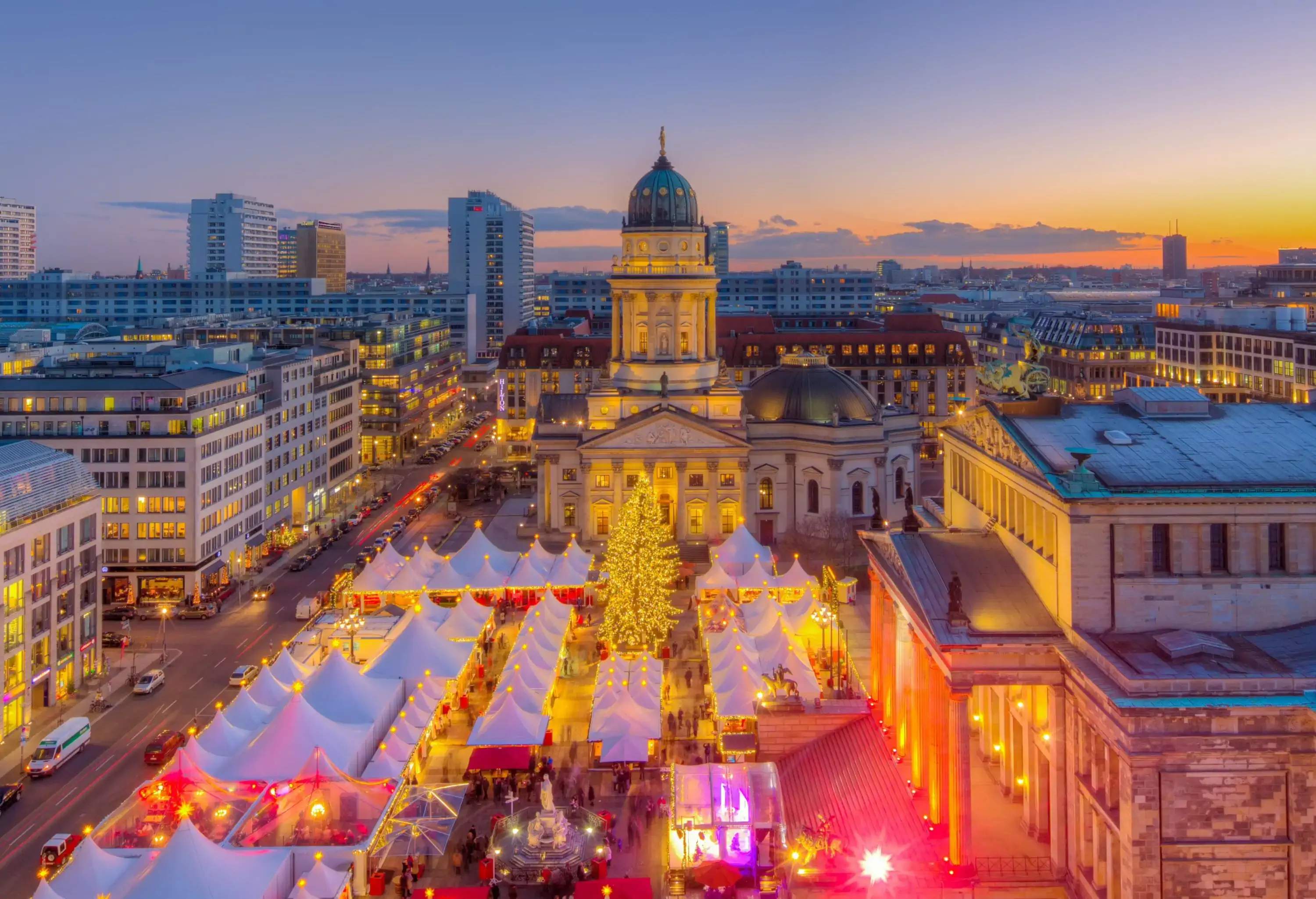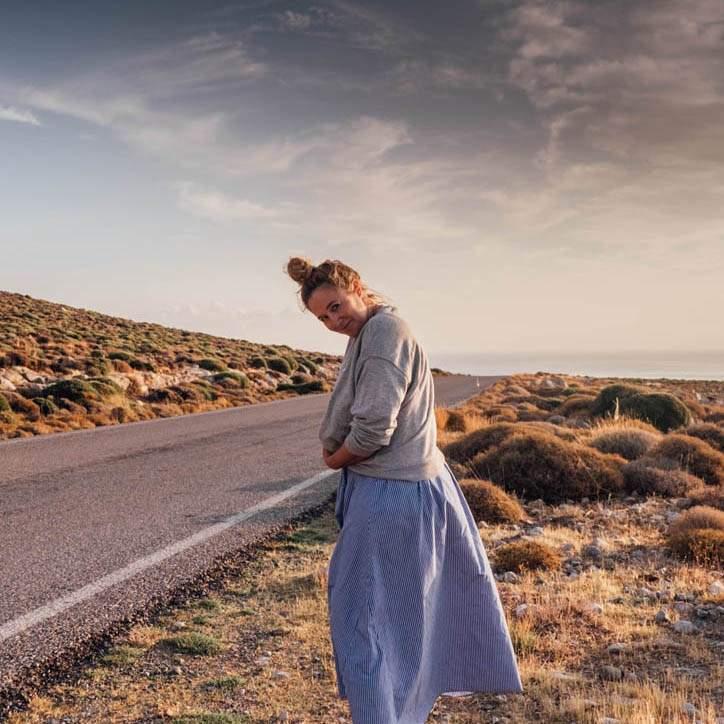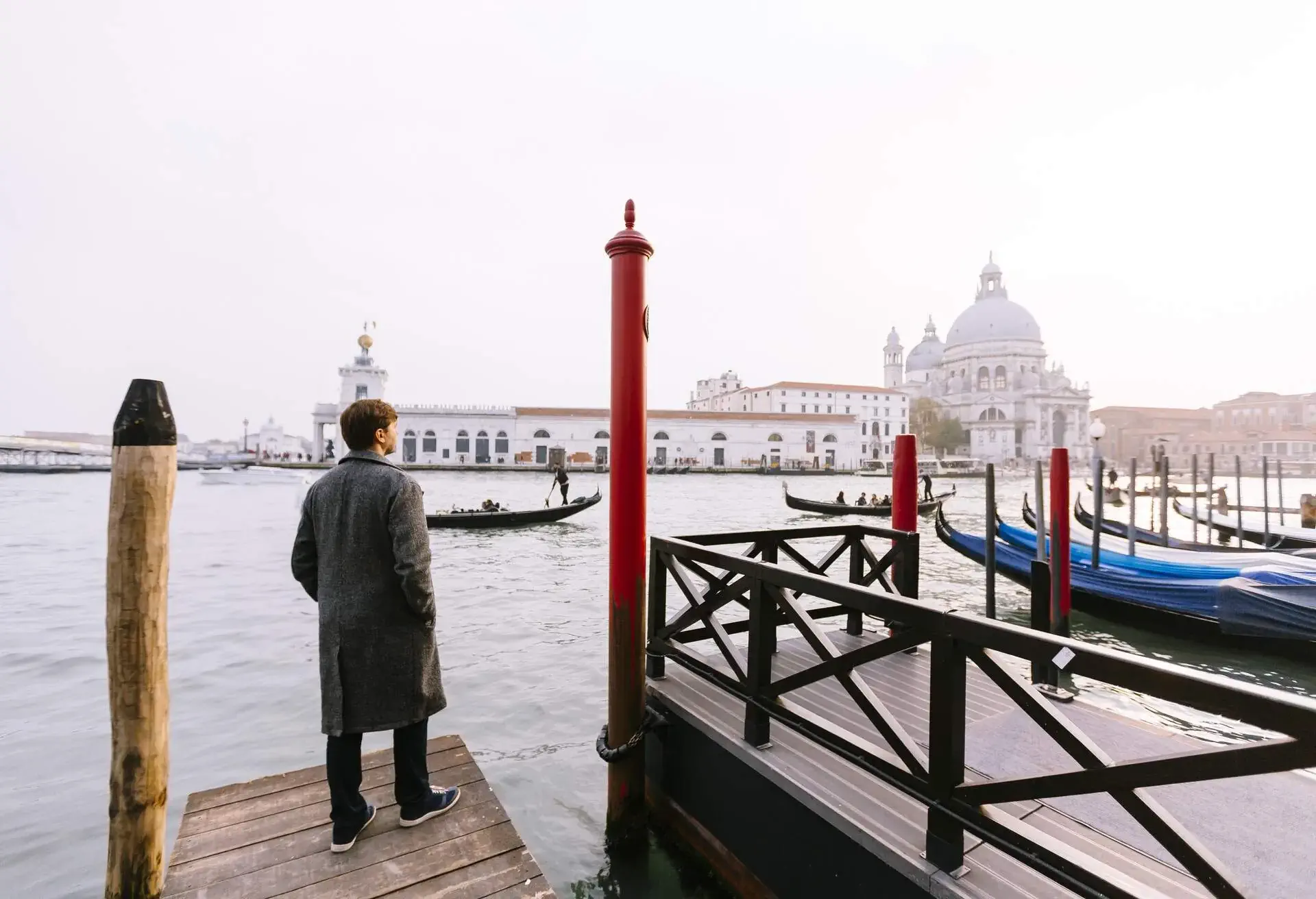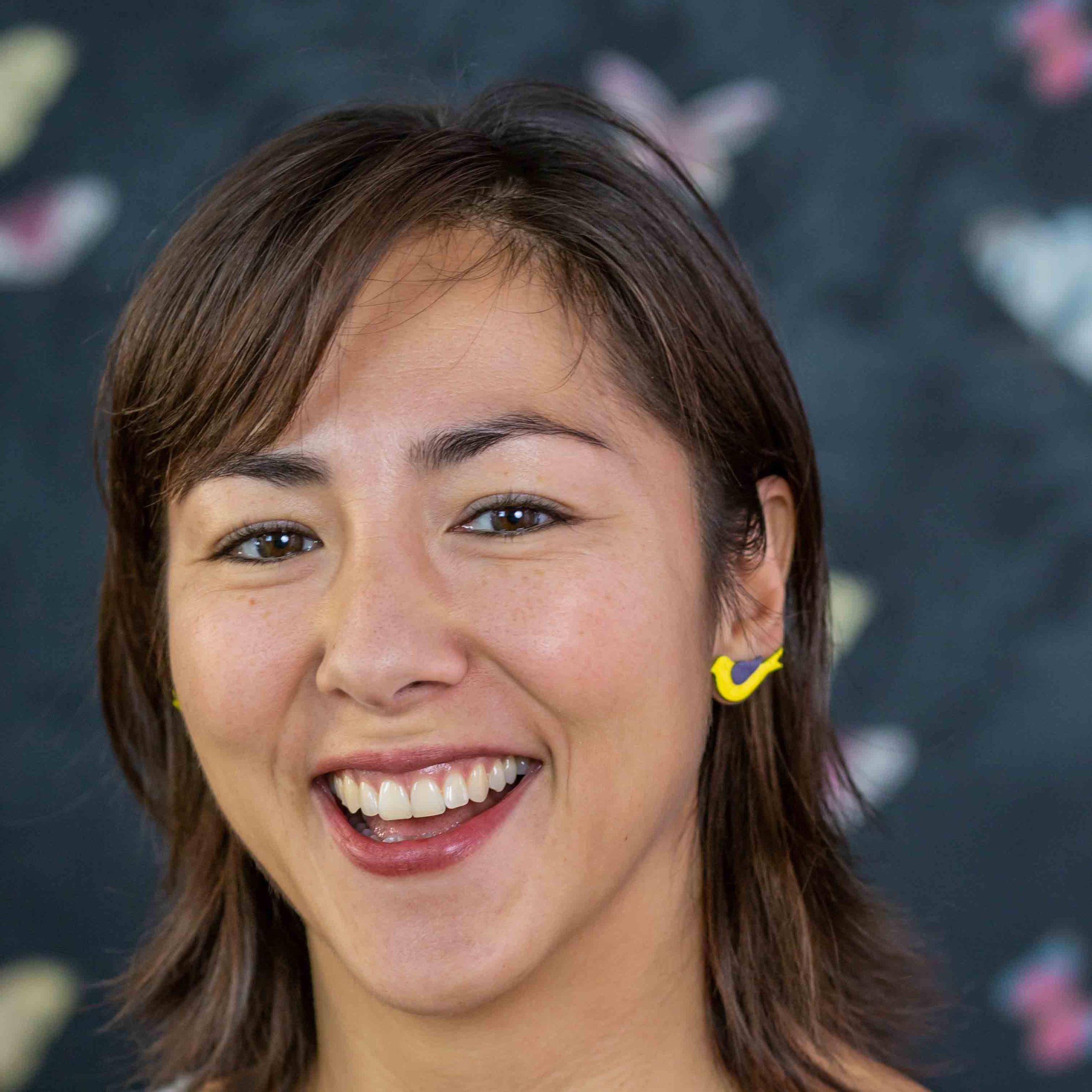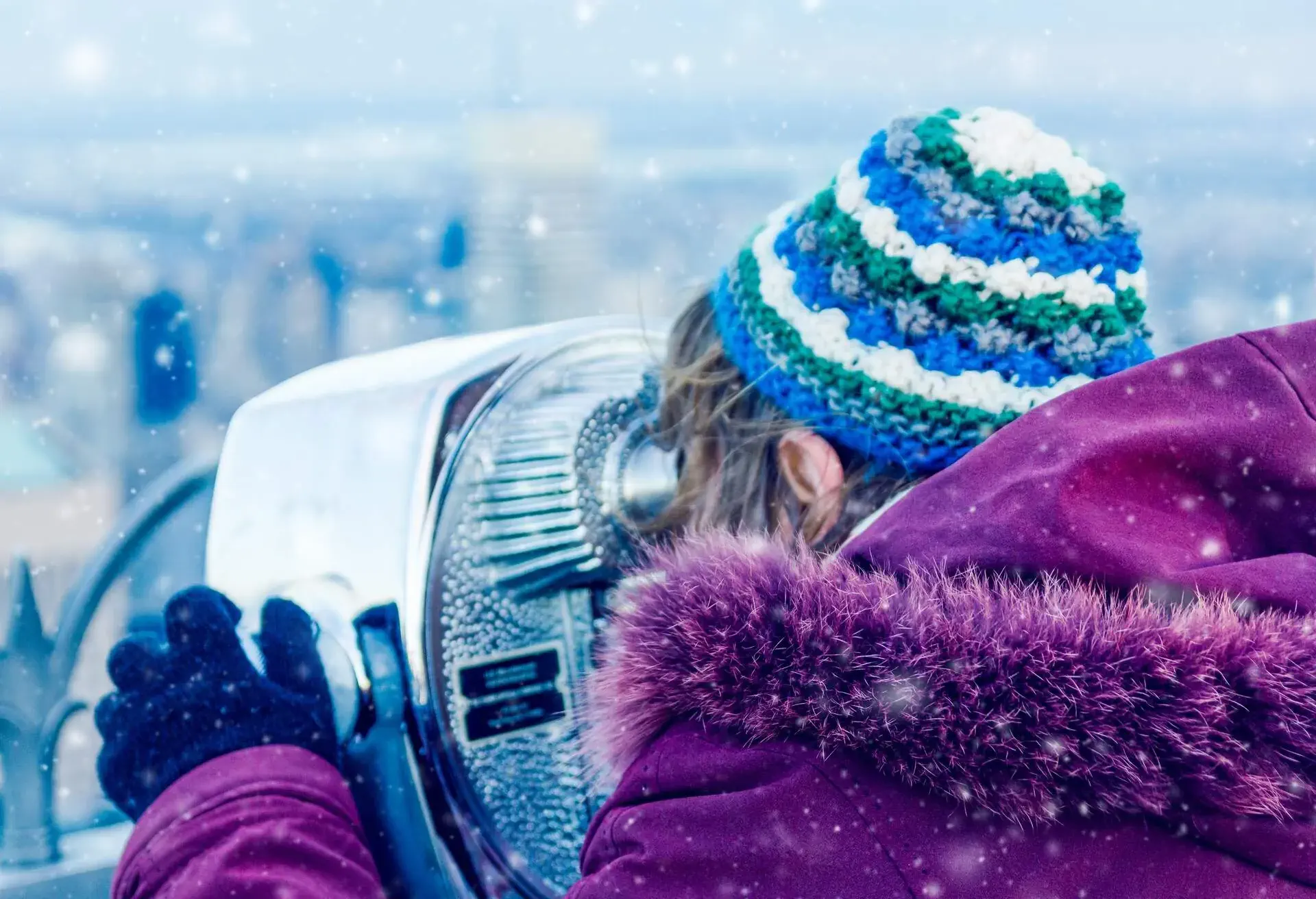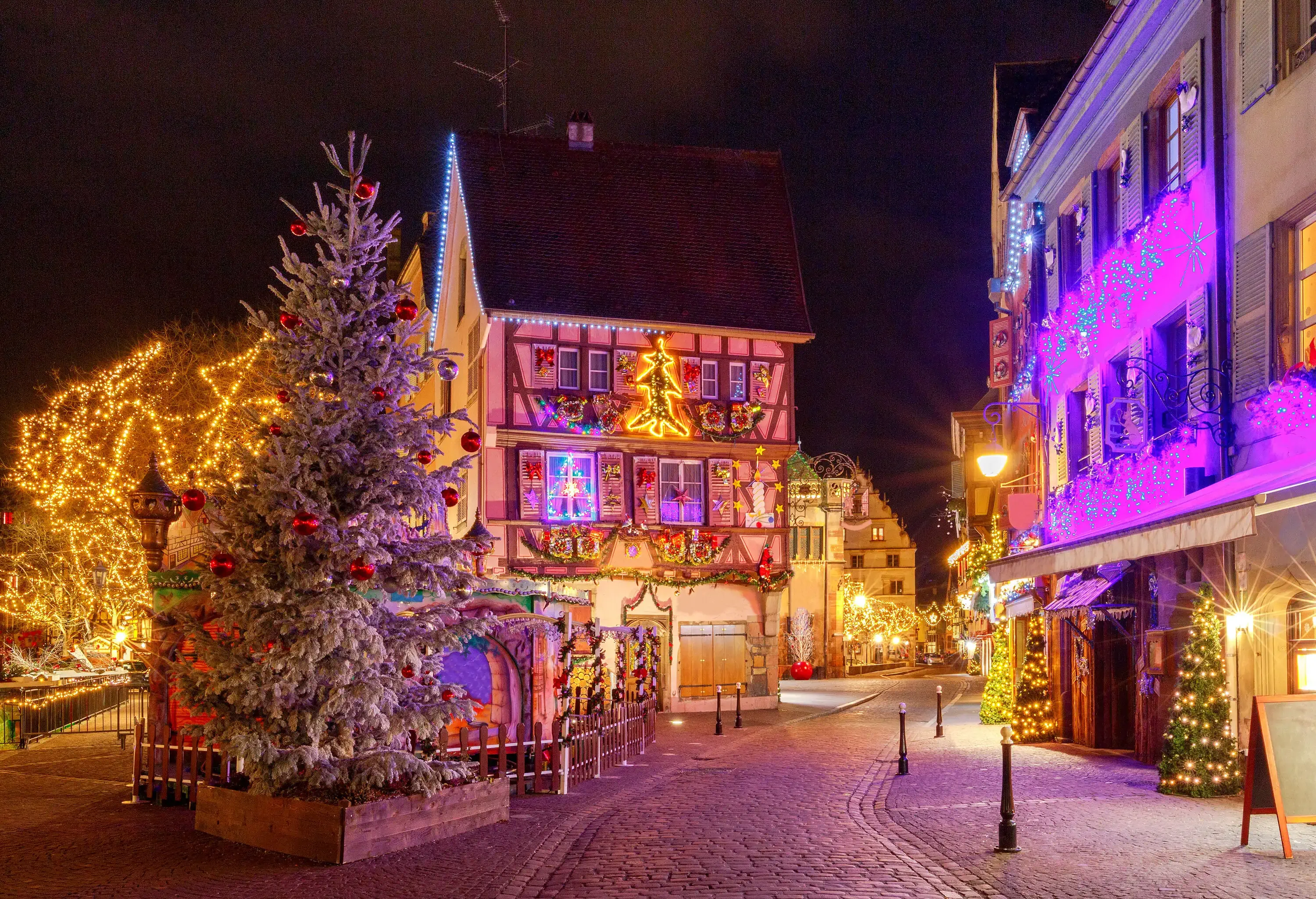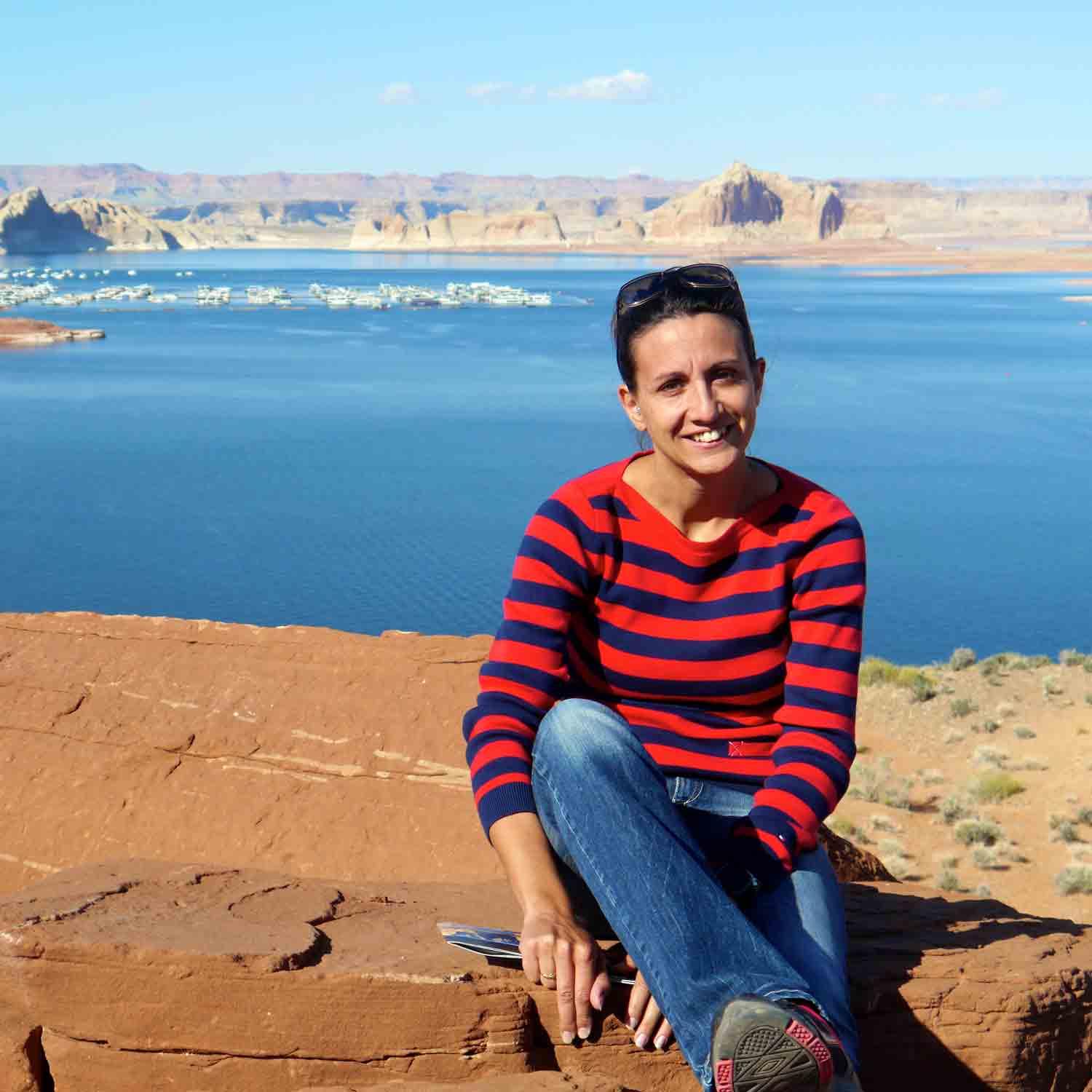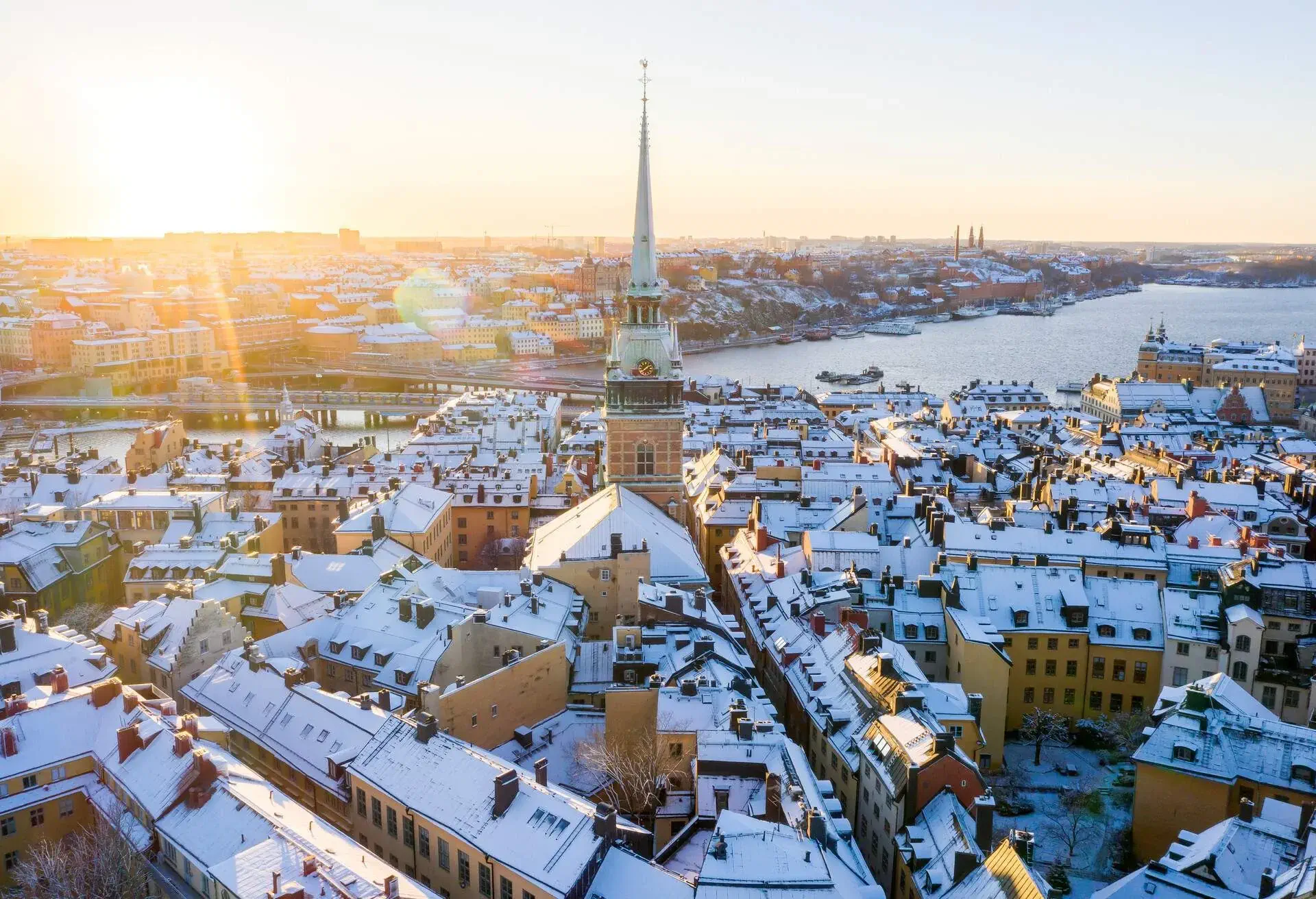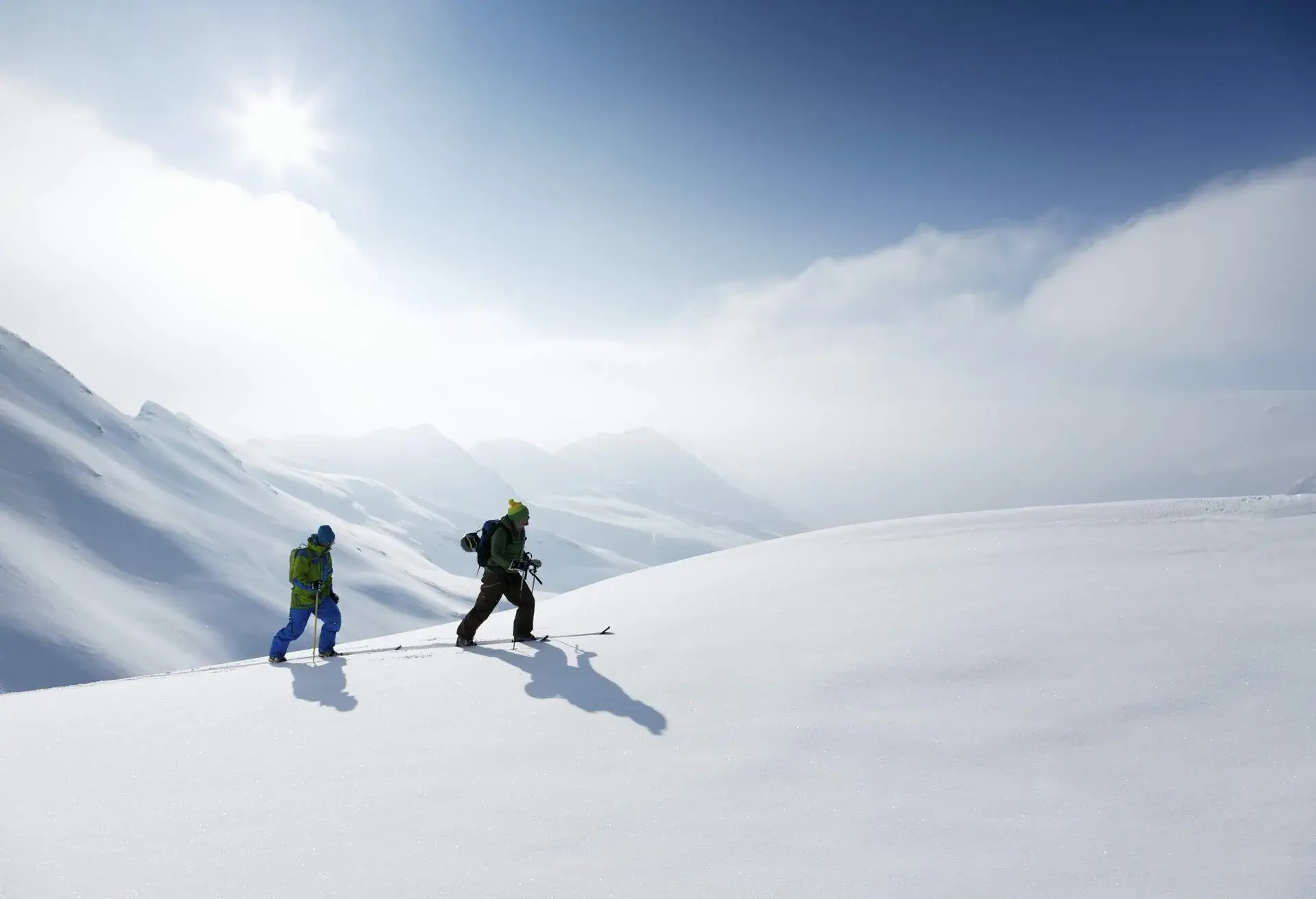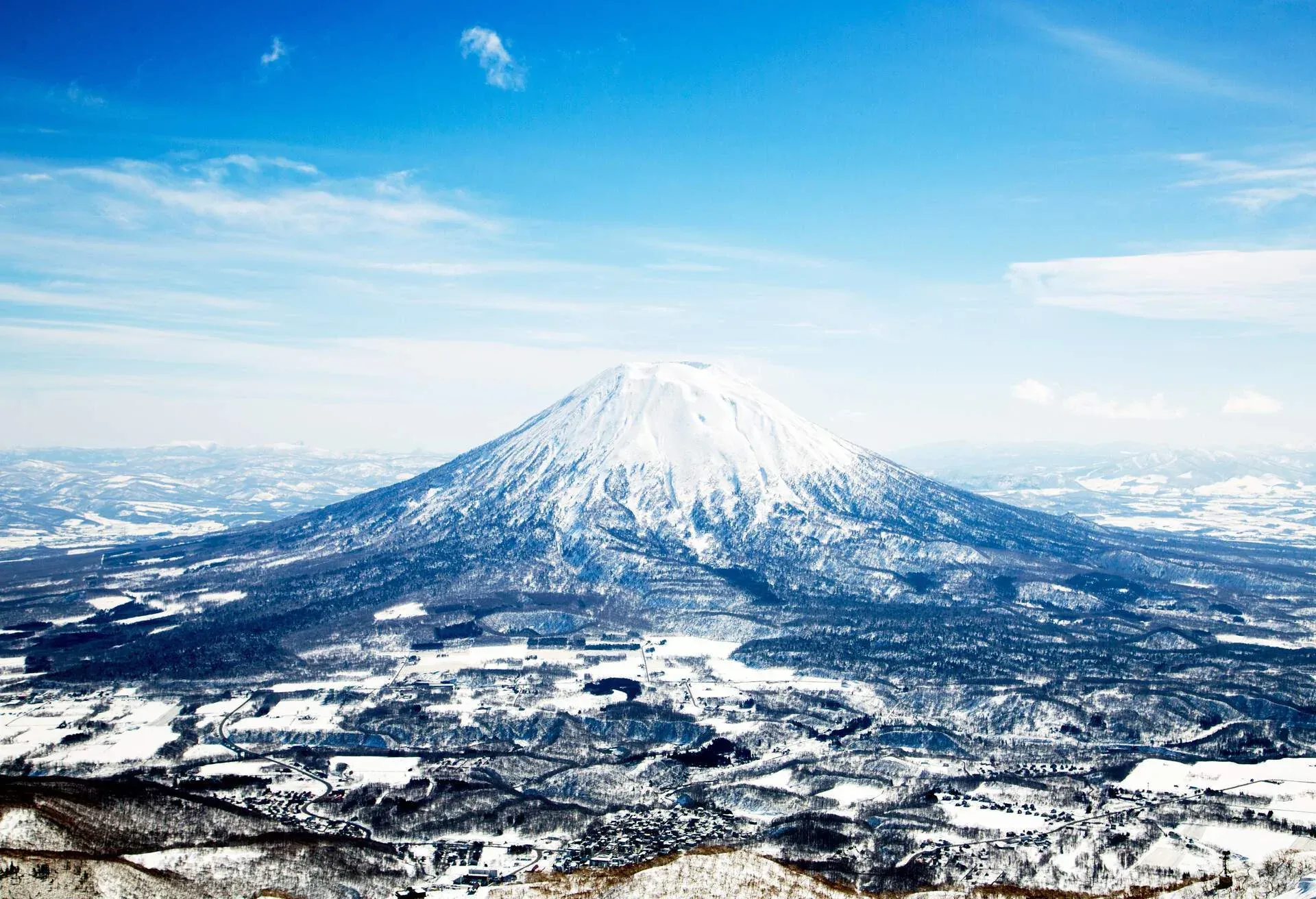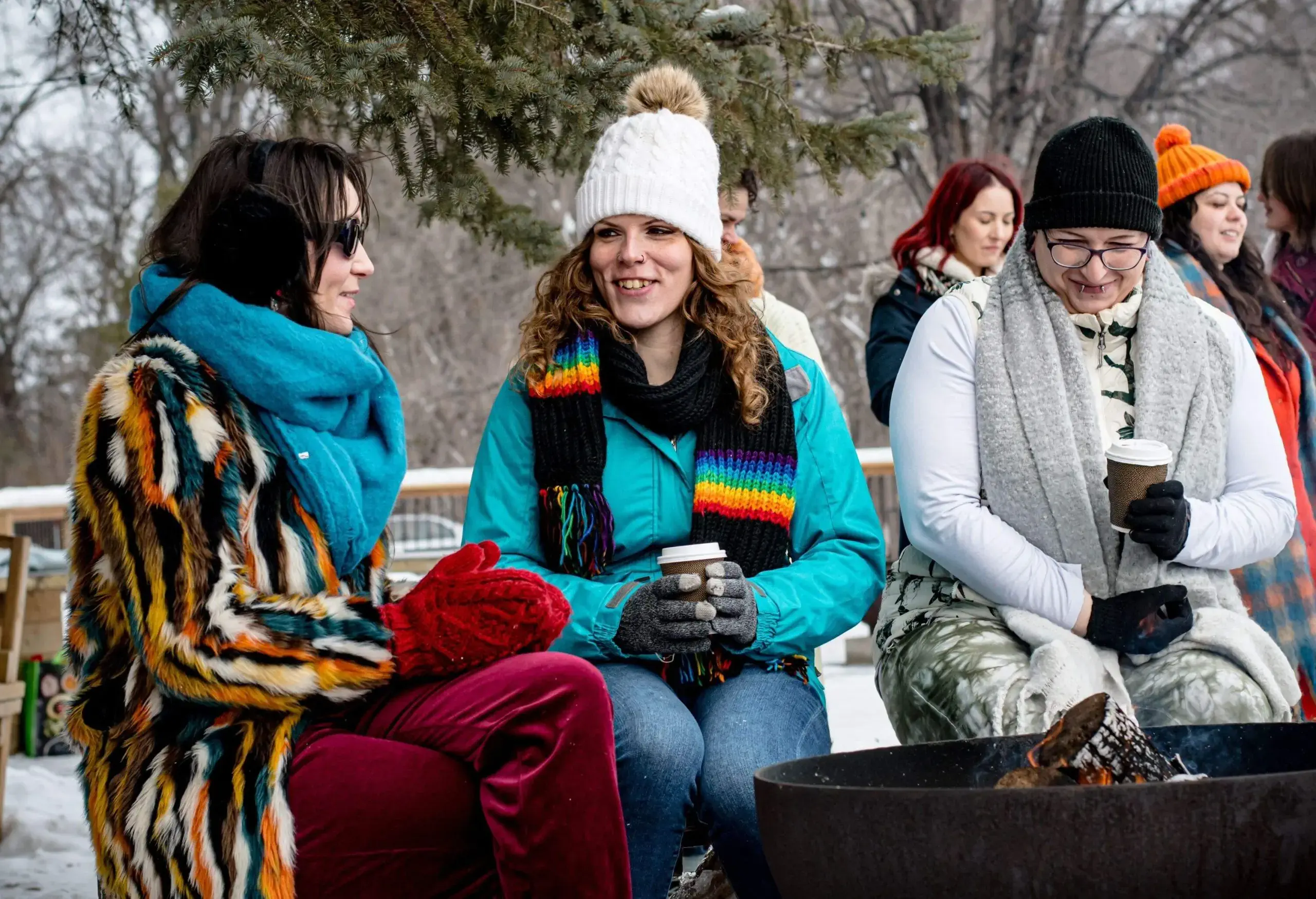For anyone who skis or snowboards, you’ve got from December to April to fit a trip (or two) in. Ready to discover where the best ski resorts in Europe are?
Skiing is a great pastime. The adrenaline rush is amazing and the après-ski is world-famous in its own right (especially in Europe). And if you haven’t hit the slopes before, there’s no better time to start than now.
Need some inspiration? Here are 11 amazing European ski areas that all enjoy great snow, stunning hotels and have something unique to offer.
1. Kitzbühel, Austria
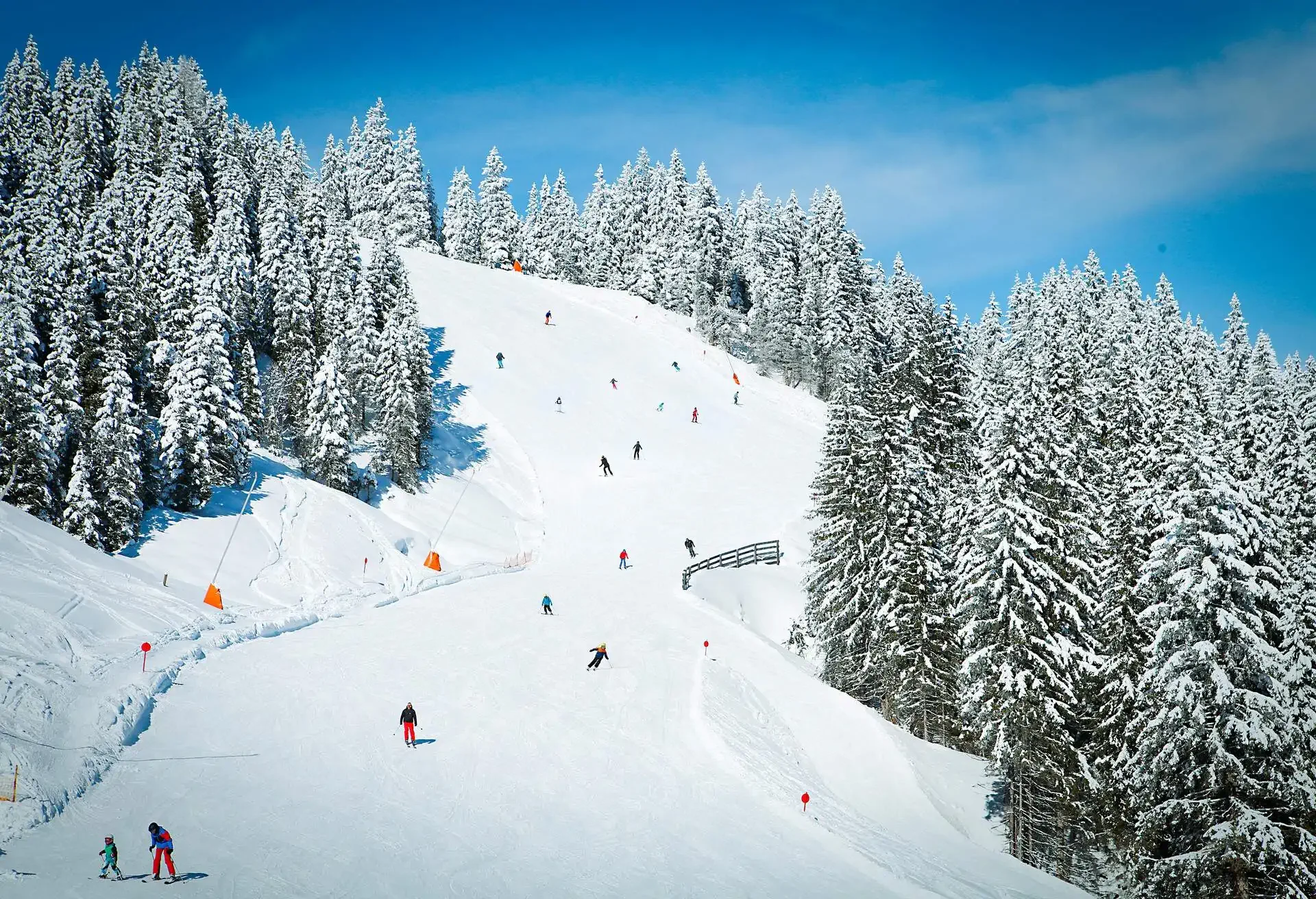
2. Mayrhofen, Austria
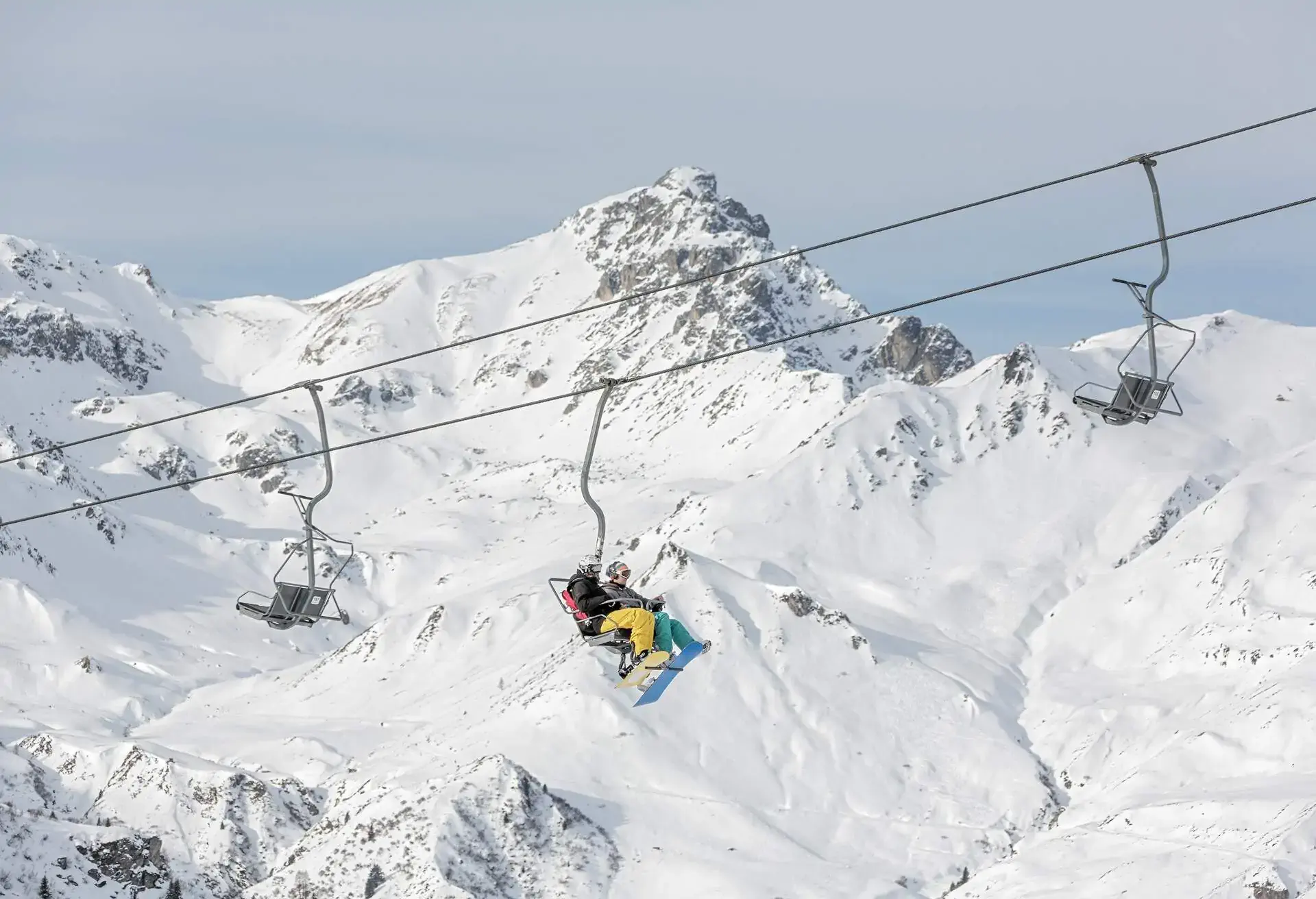
- 🏂 Adult ski pass: Seven consecutive days from €441,50 ($515) in peak season.
- ✈️ How to get there: Fly to Innsbruck and then get a train, taxi or bus to Mayrhofen.
- ❄️ Usual season: December to April.
- Where to stay: Apart-Garni Alpevita is a short walk from the center of Mayrhofen.
- Top tip: If you’re planning on hiring ski equipment, book it well in advance as it can get incredibly busy.
Mayrhofen in Austria has one of the world’s top snowboard parks. Rated as Europe’s best, Burton Park has huge table-top jumps that attract the biggest names in skiing and snowboarding. And so, too, do Mayrhofen’s legendary après-ski bars which are lively (to put it mildly) every night of the week.
The bold can also test their mettle on Austria’s steepest groomed slope. Harakiri Piste is named after the Japanese ritual of suicide by Samurai sword – that name should tell you all you need to know. If that sounds a bit much, ditch the skis and join the crowds to watch thrill-seekers take on the 78% gradient slopes.
3. Chamonix, France
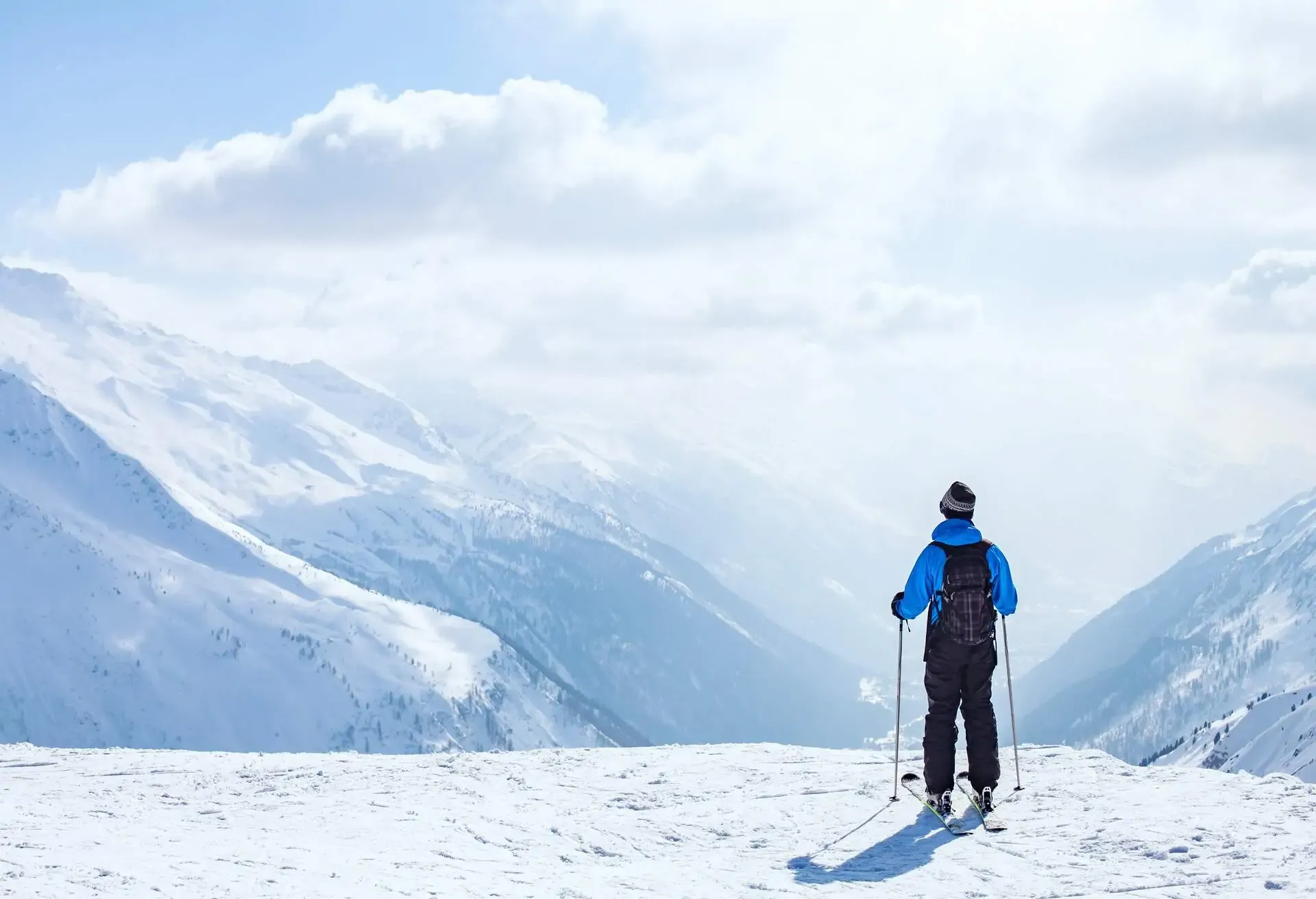
- 🏂 Adult ski pass: The Mont Blanc Unlimited Pass is €487 ($568) for seven days.
- ✈️ How to get there: Fly to Geneva and then get a shuttle bus from the airport (approximately 75 mins). The train takes between three and four hours.
- ❄️ Usual season: Mid December to mid April.
- Where to stay: Boutique Chalet Hôtel Le Prieuré is minutes from the best skiing and has stunning Mont Blanc views.
- Top tip: Chamonix’s ski area covers France, Italy and Switzerland. Ski all of them in a day and dine in a different country for each meal!
Chamonix in France is one of Europe’s highest resorts, so the snow is incredibly consistent here all season long. Its 106 miles of piste are the perfect canvas to enjoy it on, with runs of every type and for every ability. Once mastered, you can dip a ski into some of Europe’s most famous backcountry terrain.
With so much off-piste territory to explore, you’ll find more ski guides than anywhere else on Earth. Chamonix is also home to France’s most lively après ski environment (it was practically invented here). Why not share a drink with some of the world’s craziest extreme skiers who live here each winter?
4. Les Arcs, France
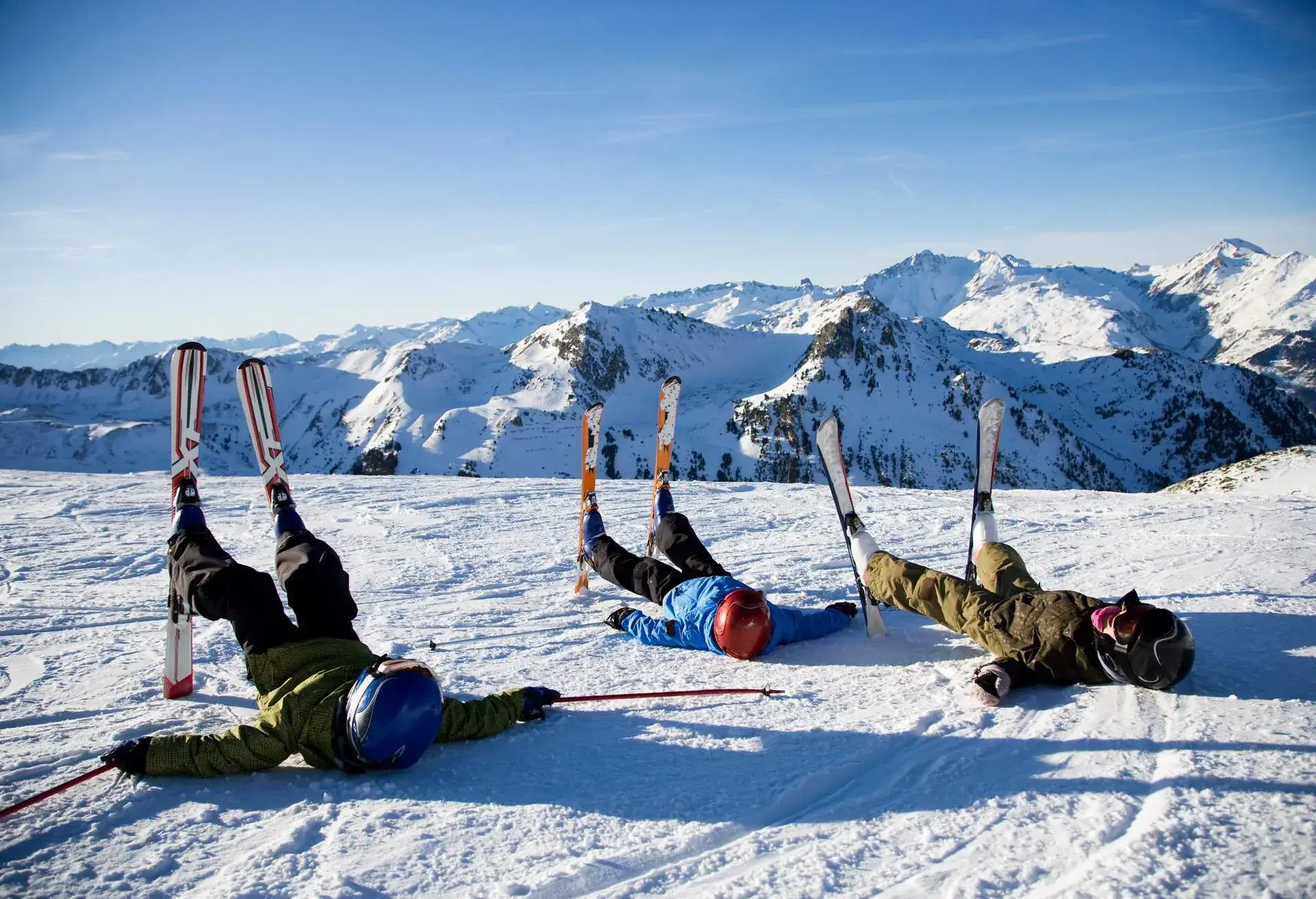
- 🏂 Adult ski pass: A seven-day Paradiski ski pass covering the entire region costs €467 ($545).
- ✈️ How to get there: Fly to Geneva, rent a car and drive to Les Arcs (takes around three hours).
- ❄️ Usual season: Mid December to mid April.
- Where to stay: Altezza Arc 1800 is a stunning, family-friendly base ideal for beginners.
- Top tip: Many of the novice skier lifts are free. Do your research in advance to see if it’s really worth buying a ski pass.
Les Arcs in the Paradiski ski area is one of the best ski resorts in Europe for newbies to the sport, with Arc 1800 being a dedicated beginner’s area. On some sections of the mountain, you don’t even need a ski pass – you can simply use the chairlift and go at your own pace.
For those ready to take the next step, Les Arcs offers easy intermediate runs that aren’t a big step up from the beginner slopes. They’re very wide and not particularly steep compared to many French resorts.
After something more challenging? The full Paradiski ski pass covers around 265 miles of slopes including 40+ designated red runs and 17 black runs. Plenty to get your adrenaline fix from then.
5. Val Gardena, Italy
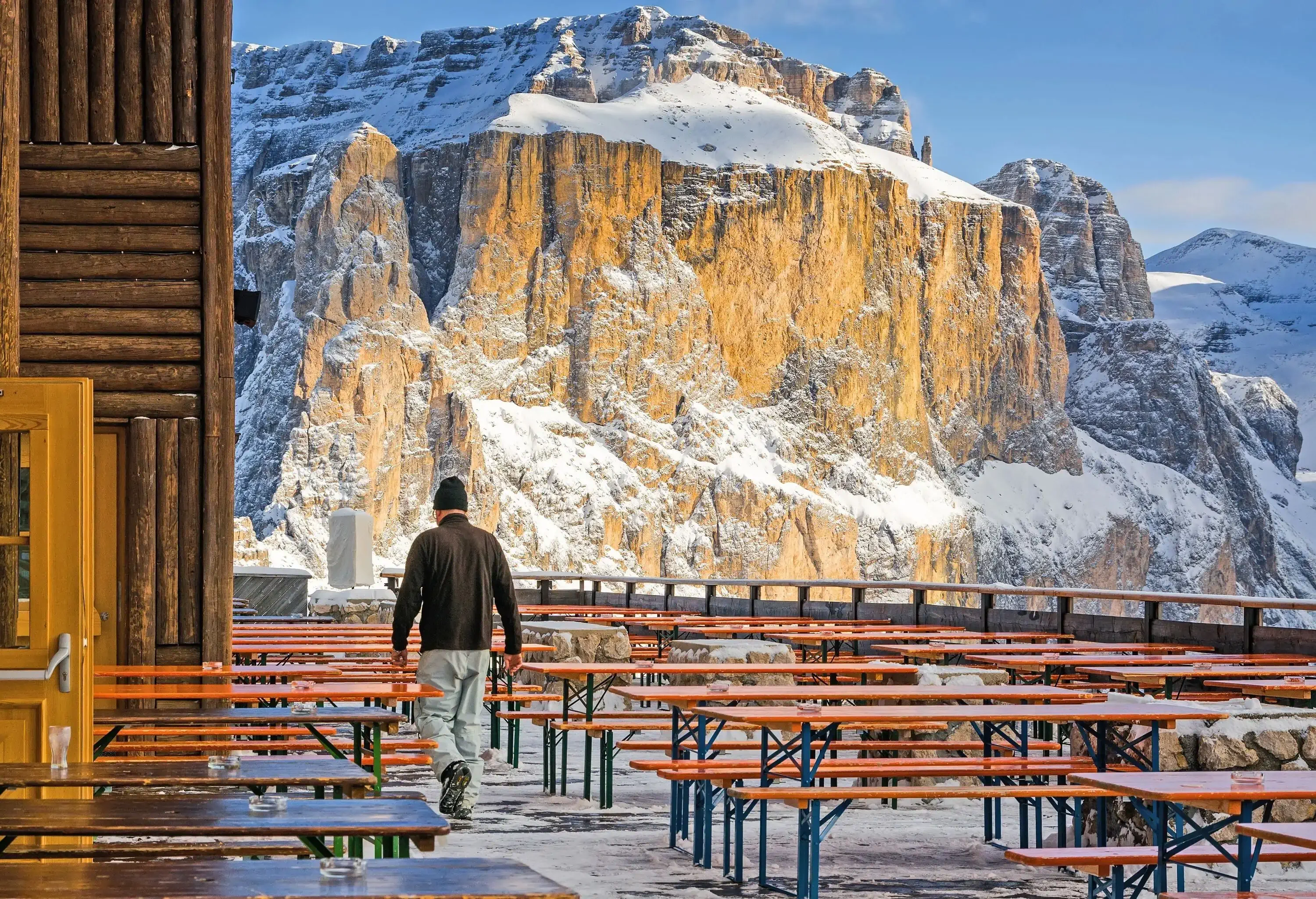
6. Białka Tatrzańska, Poland
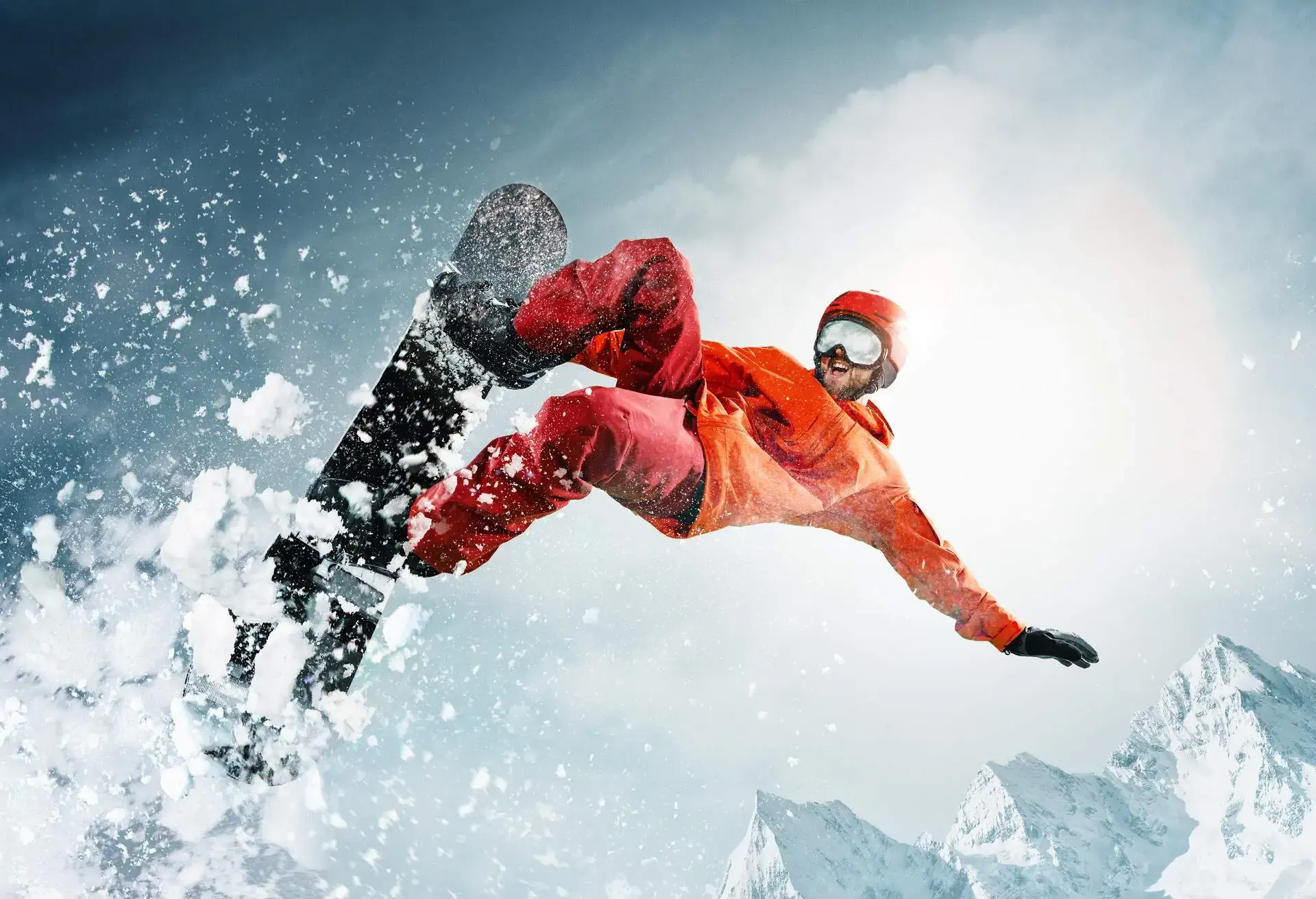
- 🏂 Adult ski pass: A seven-day high-season TatrySki Pass covers several ski resorts in the region – across Poland and Slovakia – for 970,000 PLN ($265).
- ✈️ How to get there: Fly to Krakow and grab a cheap rental car for the 90-minute journey into the mountains.
- ❄️ Usual season: December to April.
- Where to stay: Hotel Zawrat – Blisko Natury is a resort and spa set right next to the Kaniówka ski slope.
- Top tip: After a day of skiing, relax in the Terma Bania where you’ll find indoor and outdoor thermal pools with water temperatures from 93 to 100°F (34 to 38°C).
The Białka Tatrzańska ski resort, found in the High Tatra Mountains, consistently ranks as the best of the Polish ski resorts. Winter sports fans especially appreciate its fantastic infrastructure and amazing downhill conditions.
While largely unknown in the US, these slopes aren’t a secret in Europe and are popular during high season. That’s in no small part thanks to the incredible prices – you’ll struggle to find anywhere to ski in Europe more cheaply.
There are less than 10 miles of routes to choose from, which means runs get crowded. A great opportunity to try out the several miles of cross country runs for a more serene skiing experience.
7. Jasna, Slovakia
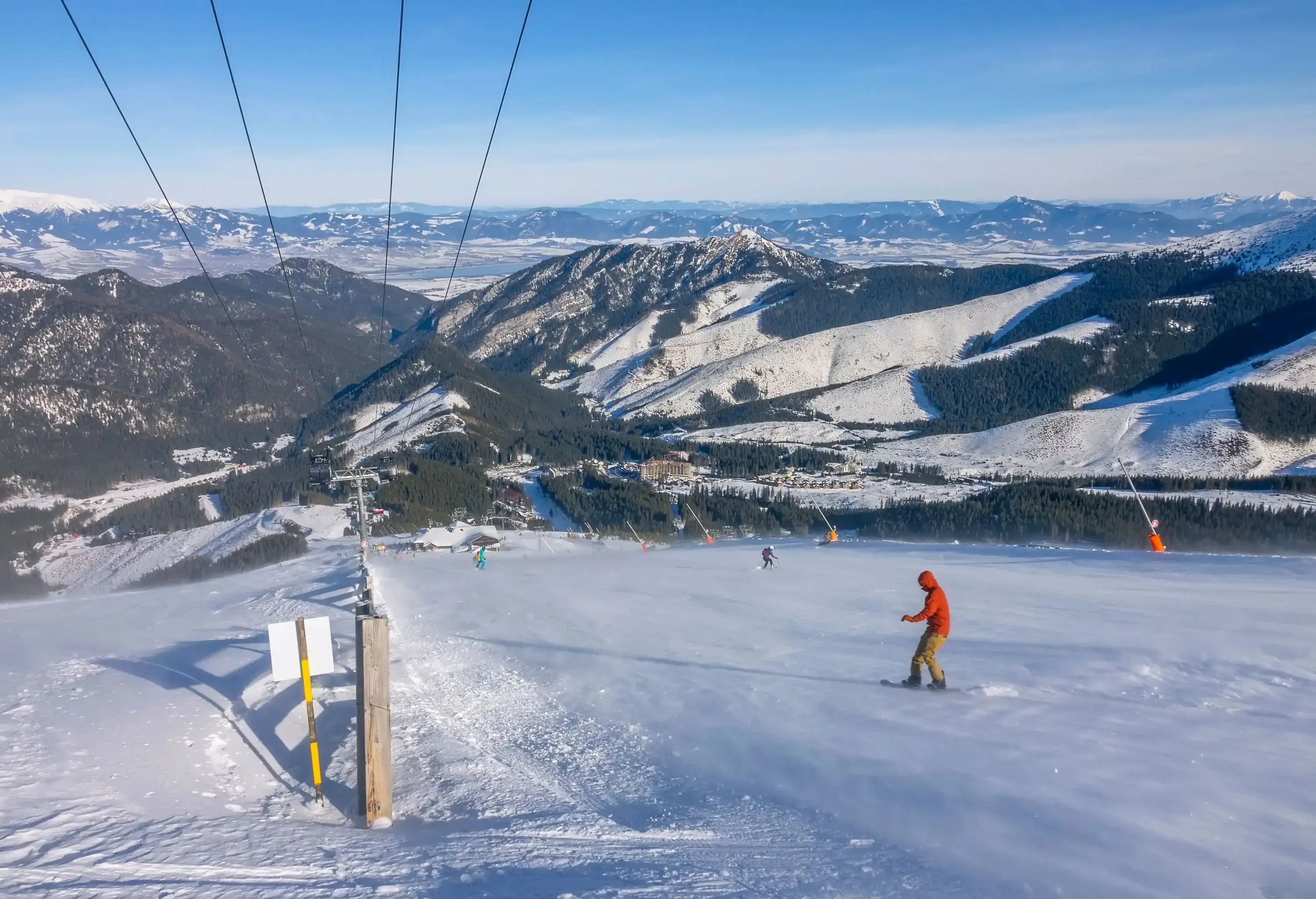
8. Gudauri, Georgia
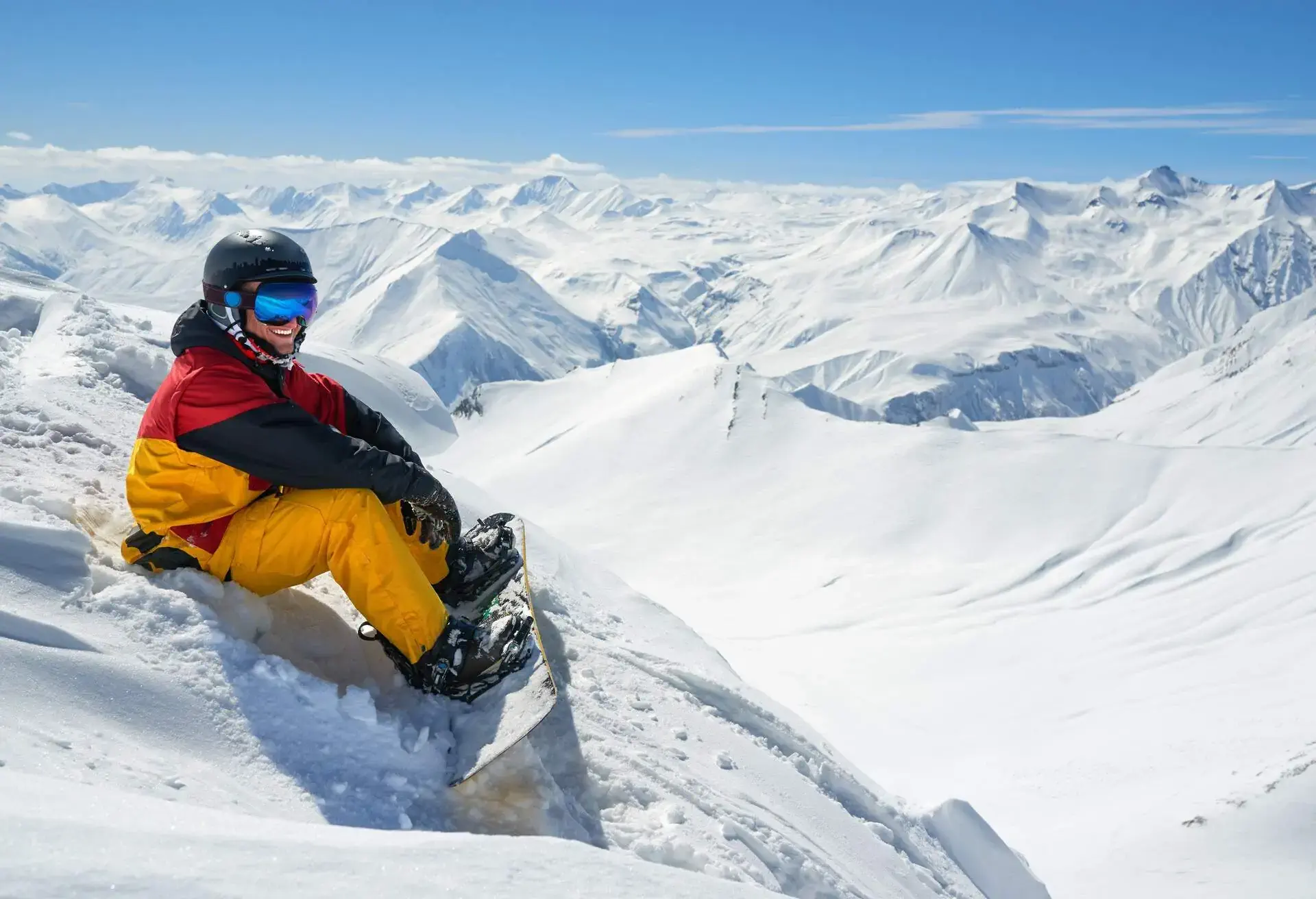
- 🏂 Adult ski pass: From 340 GEL ($126) for a six-day pass.
- ✈️ How to get there: Fly to Tbilisi then rent a car for the scenic two-and-a-half hour drive up into the mountains.
- ❄️ Usual season: Mid December to end April.
- Where to stay: Hotel Alpina is a ski-in-and-out dream set high on the slopes with a great breakfast to fuel you up for the day ahead.
- Top tip: A day trip to Kazbegi National Park is an absolute must to admire its breathtaking landscapes. Think fabulous valleys, canyons, waterfalls and hot springs.
Sure, getting to Georgia isn’t as easy as other places to ski in Europe, but it’s worth the effort. Head to the Gudauri ski resort on Mt. Kazbek, Georgia’s third-highest mountain summiting at a whopping 16,581 feet.
One of the highest and most pristine resorts of the Caucasus Mountains, it boasts more than 50 miles of excellent and relatively uncrowded runs and a growing freeride scene. It’s also very affordable with the cheapest ski pass in Europe coming in at around $25 per day.
9. Livigno, Italy
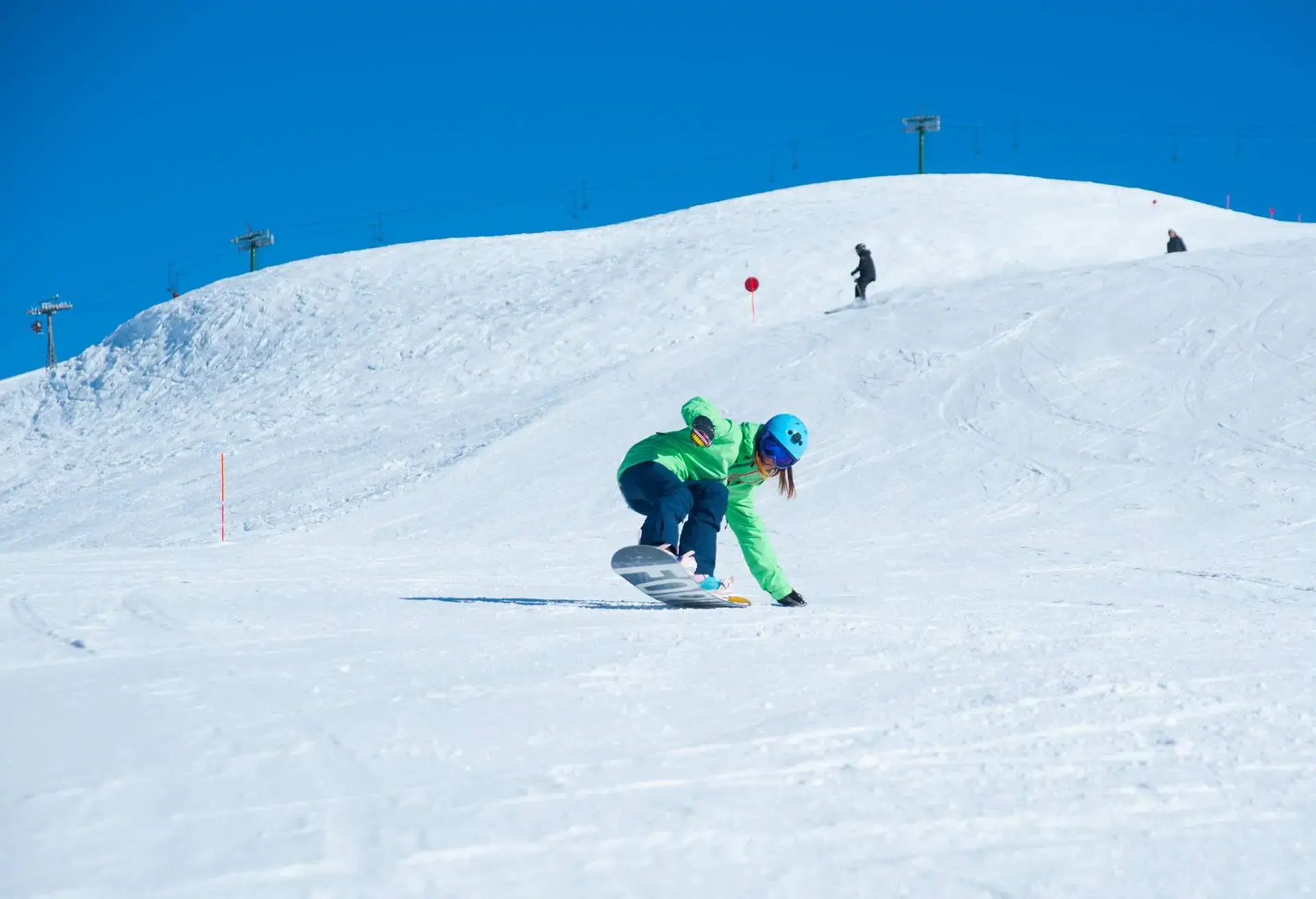
10. Innsbruck, Austria
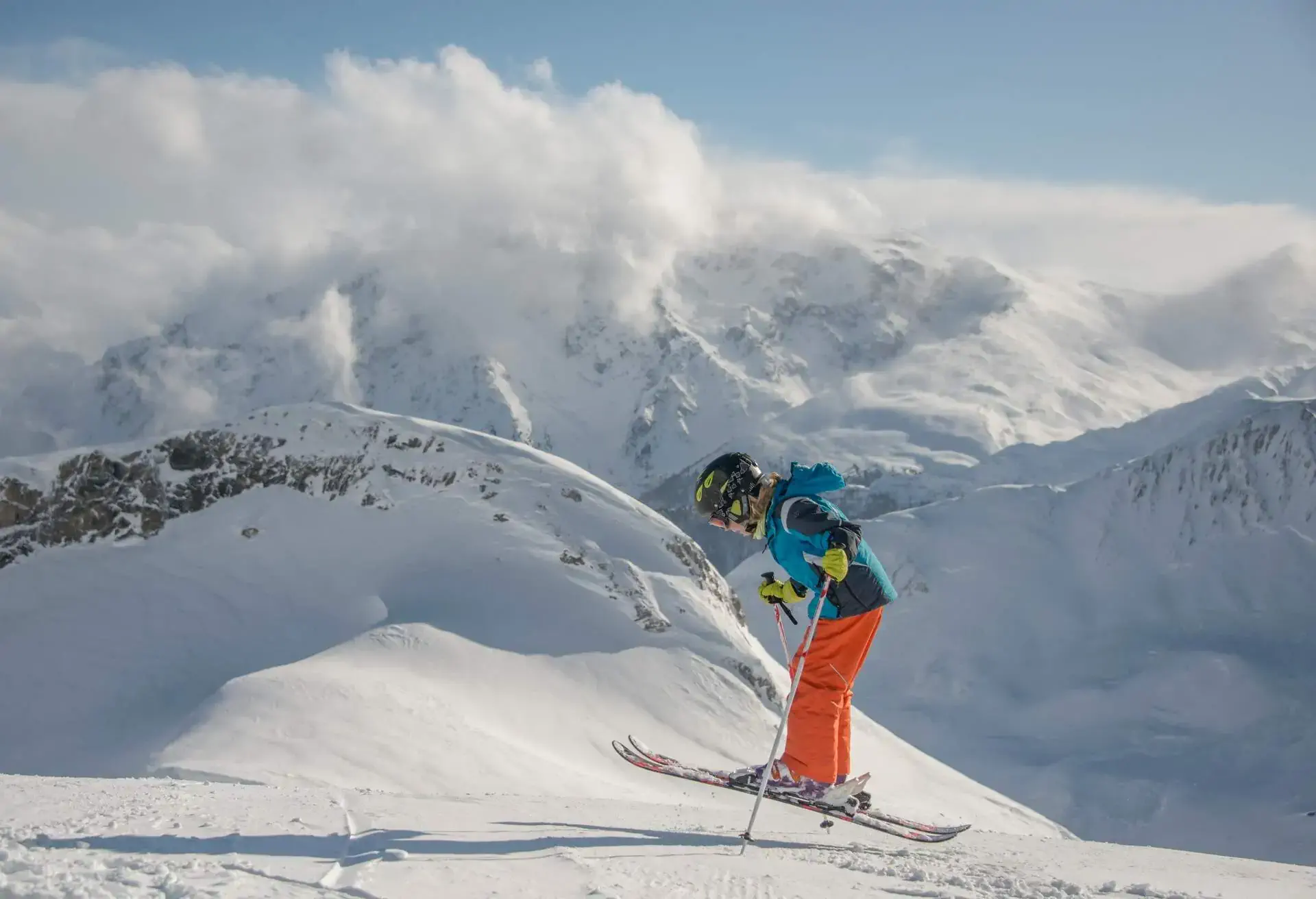
- 🏂 Adult ski pass: A seven-day SKI plus CITY pass costs €392 ($456) and covers 12 ski resorts, transport between them and entrance to several city attractions.
- ✈️ How to get here: You can fly to Innsbruck with several airlines from the US. All of them involve at least one layover, usually in Frankfurt or Vienna.
- ❄️ Usual season: December to mid April.
- Where to stay: Hotel Innsbruck is centrally located, has a great spa and even better rooftop terrace for sundowners with an incredible view.
- Top tip: Visit the Bergisel ski jump hill to see where the pros have previously competed in the Ski Jumping World Cup.
The capital of the Austrian state of Tyrol, Innsbruck is a lively university town with a serious winter sports heritage having hosted the Winter Olympics on several occasions.
Easy access from city to slopes is what places Innsbruck high among the best ski resorts in Europe. No fewer than 12 ski resorts are easily accessible via a free shuttle. Nine of them make up the Olympia SkiWorld, a connected area comprising nearly 200 miles of pistes.
Among them, the family-friendly Patscherkofel. With 11 miles of pistes it was the main site of the 1964 and 1976 Olympics. There’s also the sunny Patscher plateau where freestylers can practice their tricks in the snow park at an altitude of 6,233 feet.
11. Engelberg, Switzerland
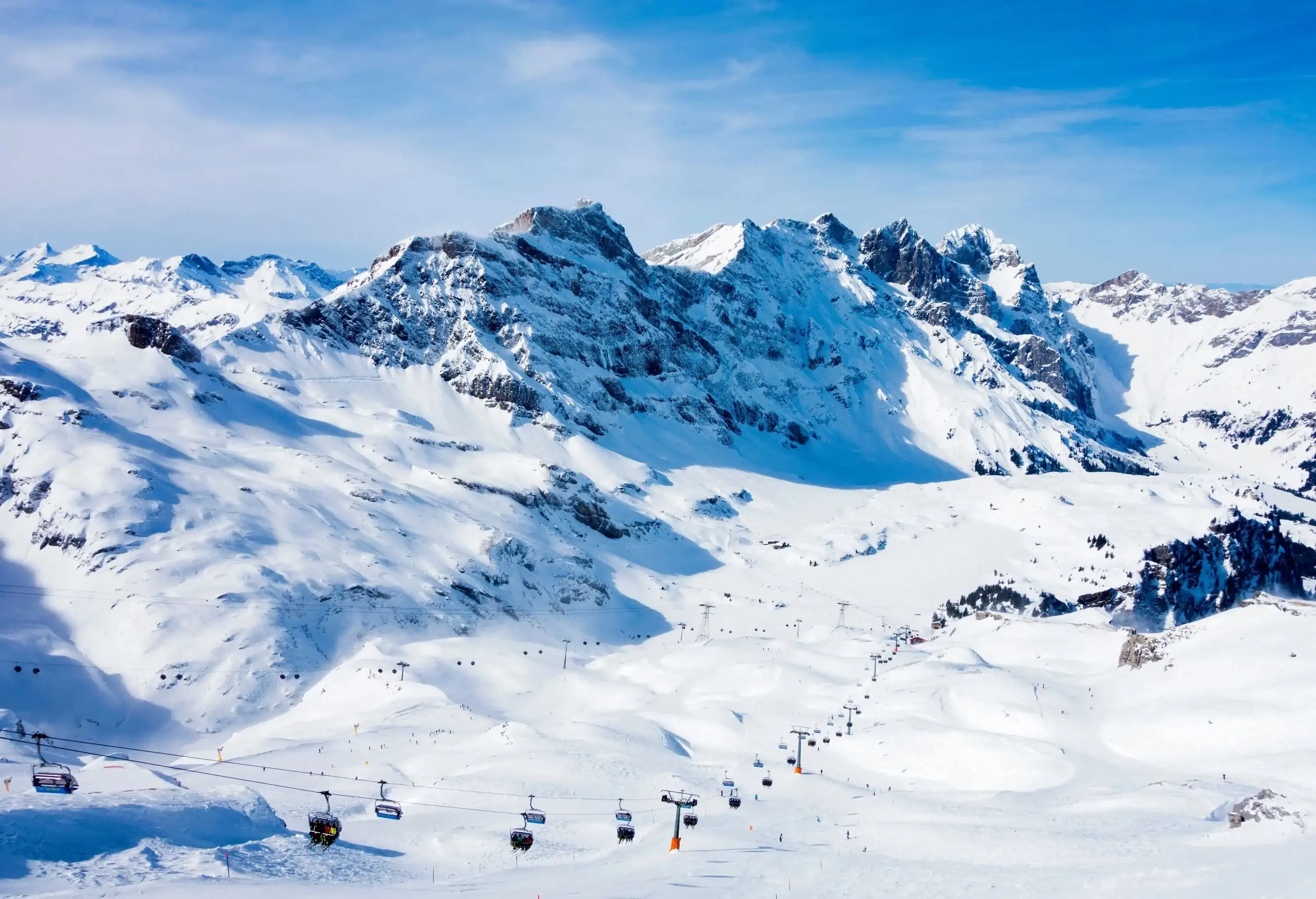
- 🏂 Adult ski pass: A season-long AlpsPass covering all four resorts costs CHF 949 ($1,175). Daily and weekly prices for the 2025/26 season yet to be released.
- ✈️ How to get here: Fly to Zürich, just 60 miles from Engelberg. Take the two-hour train or rent a car – both promise spectacular Swiss views along the way.
- ❄️ Usual season: Late October to early May.
- Top tip: Don’t miss a trip to the Titlis Glacier aboard the world’s first rotating cable car topping out at 10,623 feet above sea level.
FAQs about the best ski resorts in Europe.
There are so many brilliant European ski resorts to choose from offering incredible skiing and snowboarding conditions. If you’re after somewhere that caters well to beginners as well as the experienced, try Les Arcs. For those wanting to try backcountry skiing, Kitzbühel is hard to beat.
European ski resorts don’t typically come cheap – especially if you factor in ski passes and the cost of food and drink. Livigno is a great option for an affordable ski vacation in the Alps, with lovely, cheap food and après-ski. For the cheapest resorts though, look east towards Bulgaria, Poland, Slovakia and Georgia. The resorts and runs may not be as developed and polished, but light crowds and low prices more than make up for it.
The ski season typically runs from December to April, with the peak snow months in January and February. To get the best chance of lots of snow and not so many skiers, go between school vacation periods. February is my favorite month, but if you’re heading to a glacier resort like Engelberg, late April into early May is magic. Try to avoid Christmas, New Year and Easter.

